The ‘Blood Eagle’ was a horrific Viking method of execution
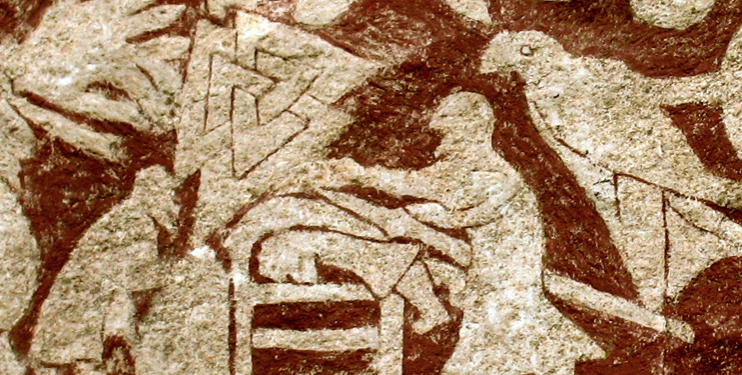
Of all the barbaric acts that the Vikings were fond of, the ‘Blood Eagle’ is by far the most infamous. Reserved for special cases, such as traitors or high-ranking captured enemies, the Blood Eagle involved laying a victim on their front, cleaving their ribs from their spine with an axe or other sharp implement, and then dragging their lungs out through the gap to create a pair of “wings”. Executions carried out by Blood Eagle are described in at least two Norse texts, but it is unknown how widespread the method’s use really was.
British monks believed that Vikings were a punishment from god
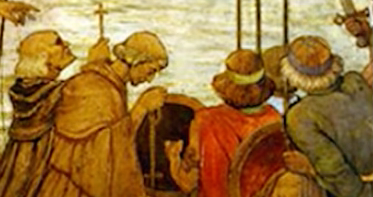
The first recorded Viking attack on British territory occurred in 789 AD, and raids became a common occurrence for the next 300-or-so years. The Vikings were absolutely ruthless during their attacks, making no efforts to differentiate between soldiers and noncombatants and raping indiscriminately. They also deliberately targeted monasteries, leading monks to conclude that the Viking scourge had been sent by God as a punishment for their sins.
Vikings occasionally sacrificed humans
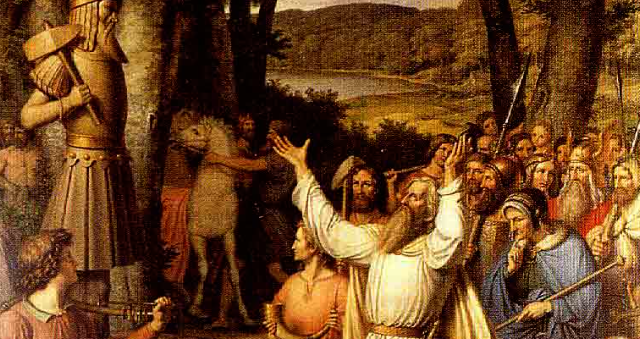
Whilst the Vikings employed human sacrifice much more sparingly than some cultures – looking at you, Aztecs – there is some evidence that they did occasionally make human offerings to their gods. Translated Old Norse texts state that Odin demands “the ultimate sacrifice,” and in 2011 a number of skeletons were found buried alongside jewellery and a sacrificial dagger at a Viking sight known to be of great religious importance. The bones all belonged to children between the ages of four and seven, and bore signs of a violent death.
Viking raids may have started due to gender imbalances
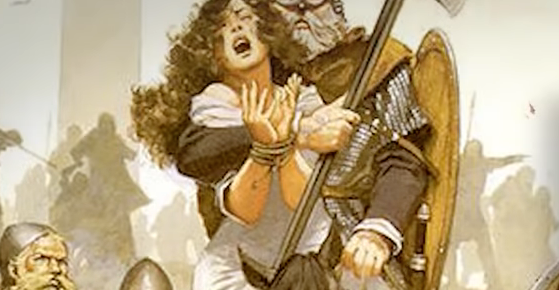
Infanticide was legal in Viking society, and killing female newborns – which were seen as less valuable – was a relatively common practice. It has been theorised that, over time, this led to a gender imbalance within Norse society. According to this theory, Vikings may have started raiding coastal settlements in Europe primarily to kidnap wives, rather than to plunder valuables as was previously assumed. Genetic testing seems to bolster this theory’s credibility, showing that 80% of male settlers in Iceland came from Norway, whilst 63% of female settlers came from the British Isles.
Vikings would cast out their children if they were weak or sickly
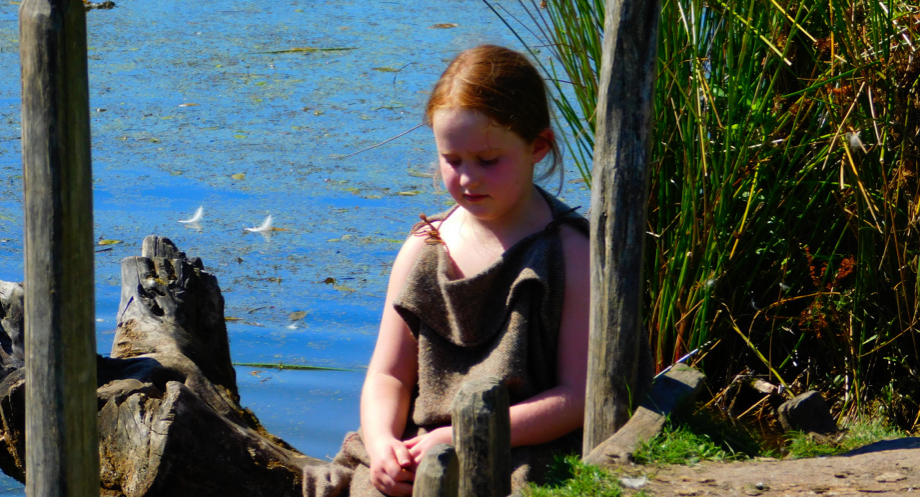
Viking culture valued strength above all else, and weakness was viewed as a liability that had no place in society. It wasn’t uncommon for the parents of a weak or sickly child to cast their offspring out of their home and village, leaving them to fend for themselves in the harsh Scandinavian wilderness. Inevitably, this amounted to little more than a death sentence, but the practice was entirely legal under Viking law.
Viking Berserkers struck terror into their enemies
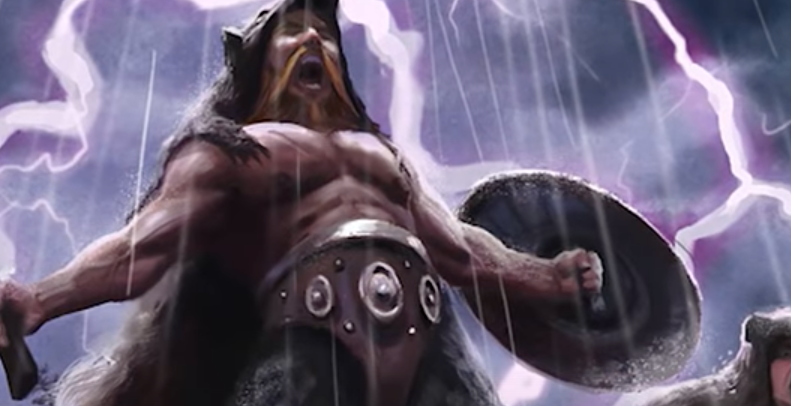
Berserkers were Viking warriors who worshipped Odin and lived for battle, often serving as shock-troops in Viking militaries. Reports of Berserkers generally describe them as fighting in a fearless trance, and it has been theorised that they ingested the hallucinogenic mushroom Fly Agaric before combat to induce this state. Whether or not this is the case, one thing that’s for certain is that their unbridled fury and bloodlust struck terror into the hearts of their enemies, and the word ‘berserk’ is directly derived from these fearsome Viking warriors.
Viking women had a unique way of gauging how serious injuries were
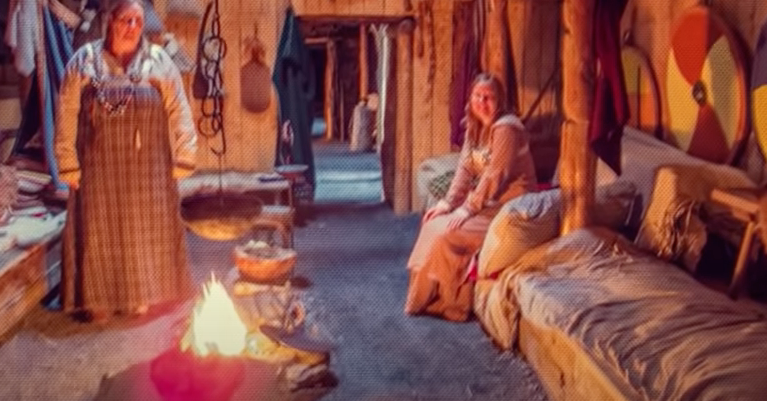
Since violence was such a common part of Viking life, the wives of warriors developed extensive knowledge about injuries and came up with a rather unique way of assessing damage. If a Viking returned from a raid with stab wounds, he would be fed a soup containing onions, garlic, and other pungent herbs. The women would then smell the wound to see if they could detect the odour of the soup. If they could, then they knew that the puncture was too deep to treat and was likely to prove fatal.
The Vikings believed that warriors would be involved in a cosmic battle in the afterlife

In Norse mythology, Ragnarök is a prophesied apocalyptic event involving a great battle in which many of the gods, including Odin and Thor, will perish. This will lead to the Earth being submerged in water, after which it will be remade anew under the supervision of the surviving gods . Vikings believed that a valiant death in combat earned warriors admission to the halls of Valhalla, where they would dine with Odin himself and prepare to partake in the final battle.
Viking kings had terrifying bodyguards
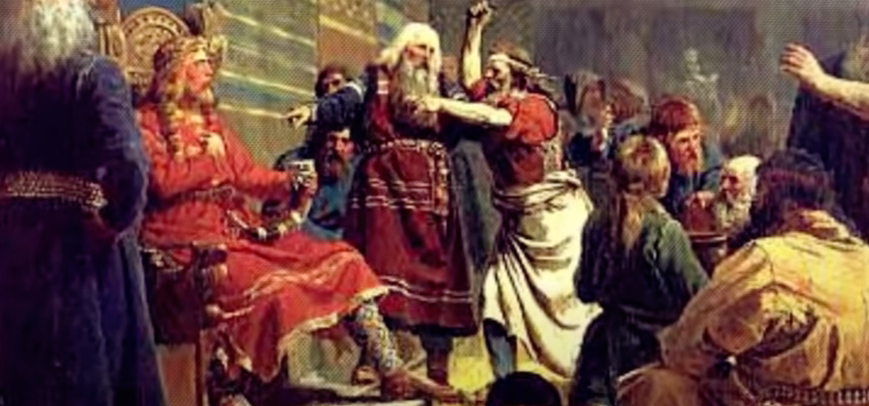
Viking kings faced a lot of threats, and they were protected at all times by an elite cadre of bodyguards known as ‘Huscarls’. These were selected from the most skilled Viking warriors who had proved their mettle in numerous battles, and they swore an oath to lay down their lives for the king if necessary. Huscarls carried giant axes known as ‘Dane axes’, which apparently were capable of splitting a helmet or shield clean in two.
Vikings believed that alcohol was a gift from the gods
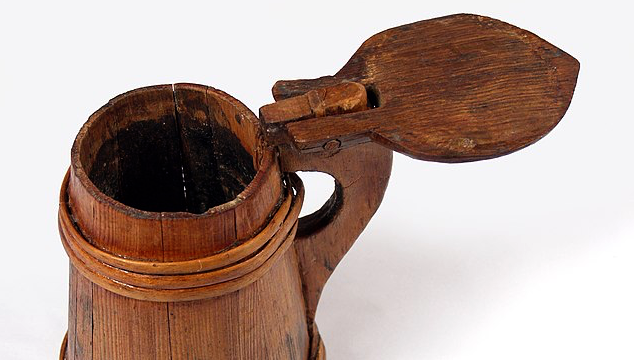
The Vikings were so fond of booze that they believed it was a literal gift from the gods. The most commonly consumed alcoholic drink was mead, which was made by fermenting honey with water and was often served with added spices and fruit. Vikings also brewed an exceptionally strong beer that was reserved for special occasions. As they shifted away from raiding and began to focus more on trade, Vikings also began to import fine wines from France and Spain.
The Vikings first landed on British shores in 789 AD
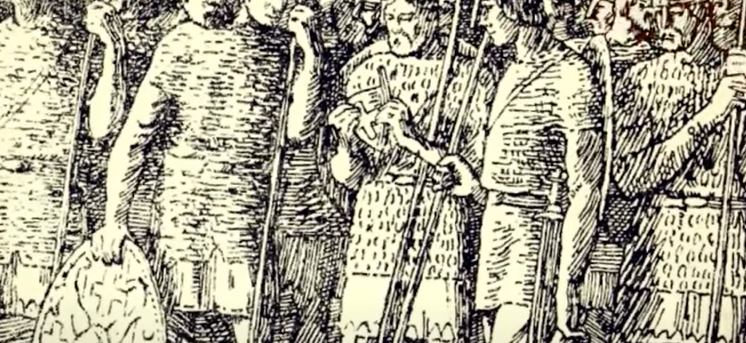
The first recorded instance of Vikings landing on British shores is recorded in The Anglo-Saxon Chronicle, and it really sets the tone for what was to come. In 789 AD, a Norse raiding party landed on a beach in the Isle of Portland in Dorset. The Vikings were spotted by a royal official, who – mistaking them for naval merchants – approached them to collect taxes,. The Vikings promptly murdered him, marking the start of three hundred years of bloodshed as the Vikings terrorising settlements along the British coastline.
Vikings made a lot of money from slaves
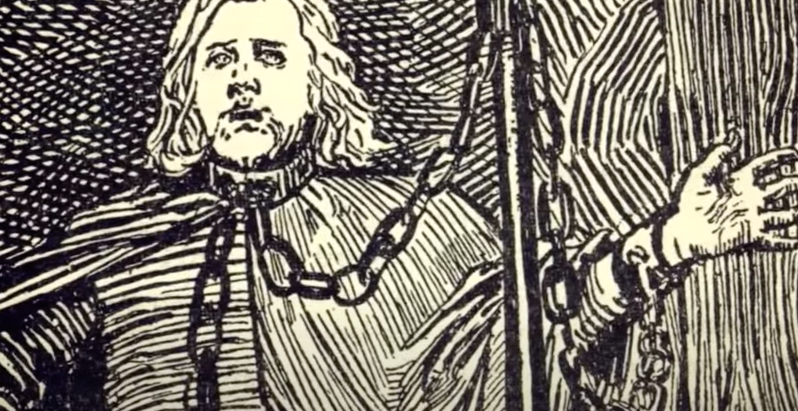
Of all the commercial activities that Vikings took part in, slave trading was perhaps the most lucrative. Viking raiding parties would attack Anglo Saxon, Celtic, and Slavic settlements in coastal regions, pillaging the villages and taking women and young men captive. These prisoners, who were referred to as ‘thralls’, would then be sold at huge slave markets throughout Europe and the Middle East. Thralls that didn’t sell would be taken back to use as slaves in Viking settlements.
The Byzantine Empire employed Vikings as bodyguards
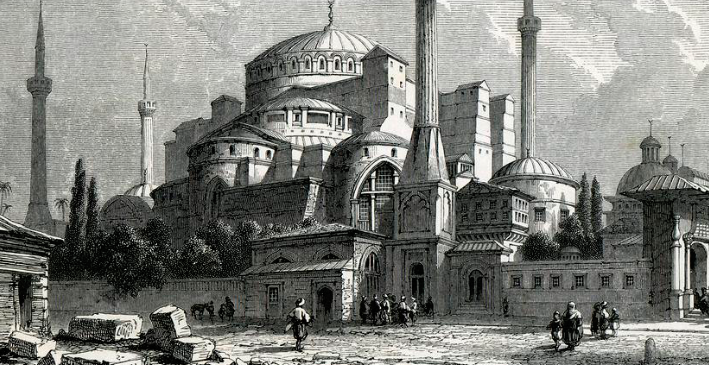
The Byzantine Empire flourished in what is modern day Turkey for over a thousand years, eventually falling in 1453 when the Ottoman’s breached Constantinople, the Empire’s capital city. Sometime around the 9th century CE, Viking explorers came into contact with the Byzantines, and – presumably aware that the Empire was too powerful to attack – they established cordial relations. Realising the martial prowess of the Norsemen, the Byzantines began employing them as mercenaries, and a Viking force known as the Varangian Guard eventually became directly responsible for protecting the Emperor.
Vikings didn’t wear horned helmets
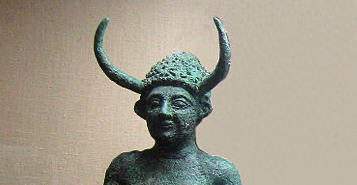
As anyone who’s ever worn a Viking costume to a fancy dress party knows, Vikings wore horned helmets. Except, they didn’t. Despite being an absolutely immortal part of the ‘Viking look’, there is no evidence whatsoever to suggest that Viking warriors ever actually wore horned helmets. Only one Viking helmet has ever been discovered, and it’s decidedly hornless. Artwork from the time of the Vikings also shows them wearing basic leather helmets or no head protection at all. In the 19th century, during a period of fascination with Viking culture, horned helmets began appearing in Wagner’s operas, and they eventually became a staple part of the image.
Vikings kept a variety of pets, including bears
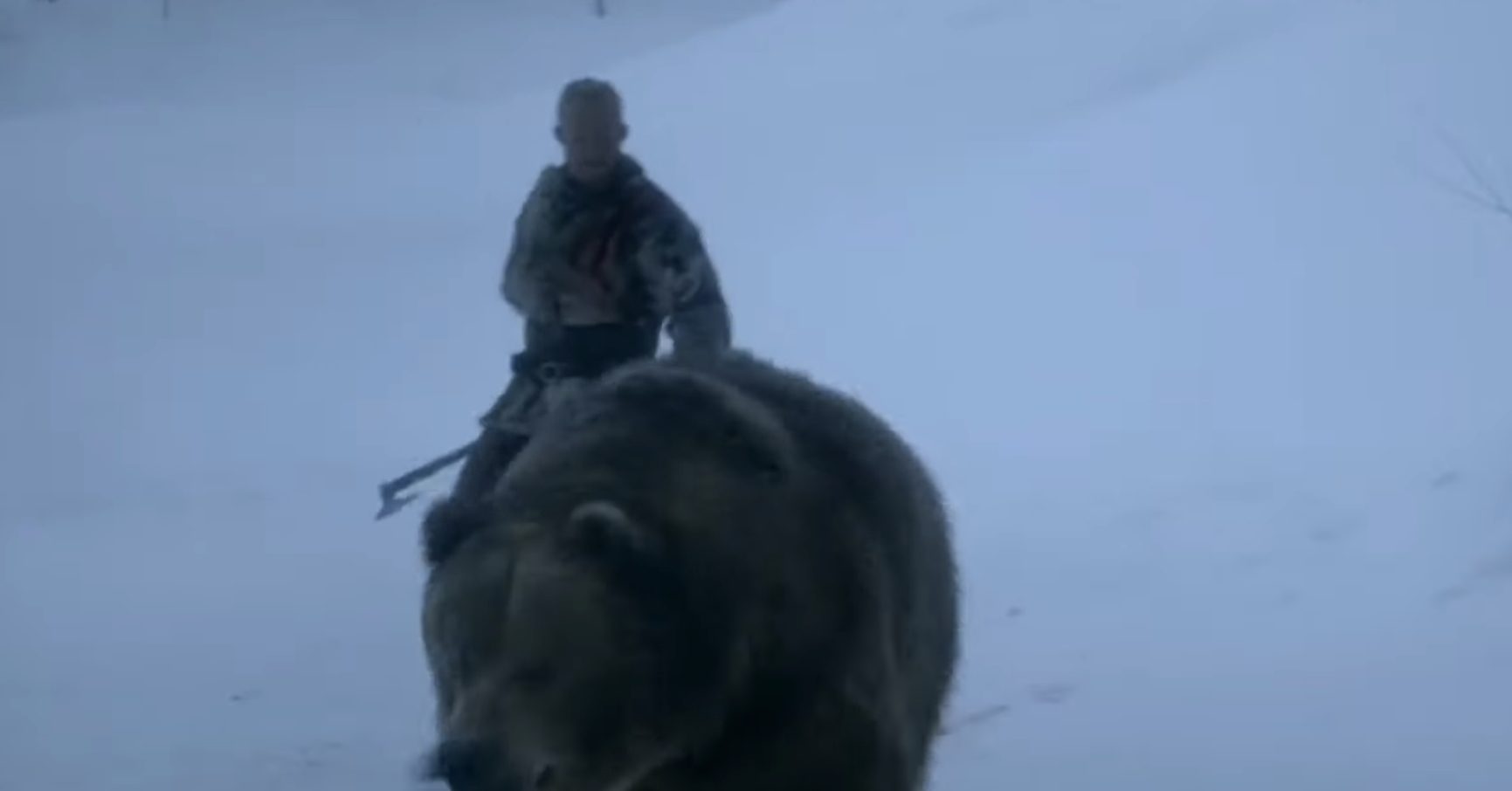
The idea of Vikings keeping cute and cuddly pets clashes somewhat with the image that most people hold of the fearsome warriors, but there is plenty of evidence that pet cats, dogs, and falcons were common in Norse society. Some Vikings even kept pet bears, which were trapped as cubs and raised in domesticity. Whilst owning a brown bear wasn’t hugely uncommon, having a pet polar bear was the exclusive preserve of noblemen. Eventually, Viking societies outlawed the keeping of bears as pets, mostly because they kept getting free and mauling people.
Vikings were highly concerned with personal hygiene
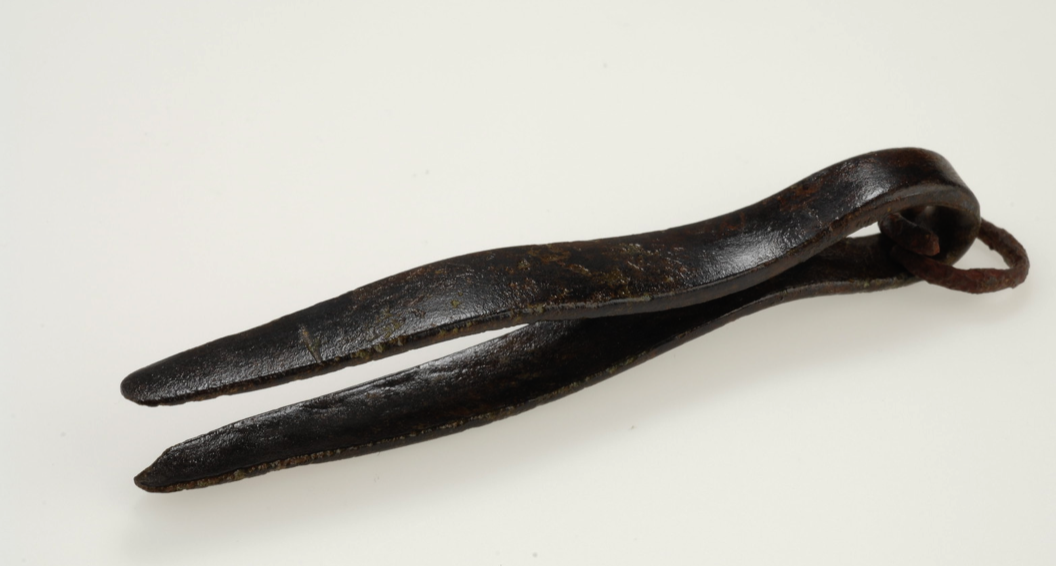
The Vikings are most famous for being some of the most fearless warriors the world has ever seen, but that doesn’t mean they didn’t care about looking good. Viking men were apparently greatly concerned with maintaining excellent personal hygiene, as evidenced by the array of grooming products found at Viking sites including tweezers, combs, and even ear cleaners. Vikings also bathed at least once a week, which was much more frequently that their European contemporaries. To be fair, the Vikings did have a rather more attractive proposition, with access to hot thermal springs that were basically natural jacuzzis.
Vikings used urine and fungus to make portable fires

Vikings were generally nomadic, not settling in one place for too long, and they had an ingenious method for creating portable fires that they could carry with them when moving between camps. They would harvest a fungus called ‘Touchwood’ from trees, and then boil it in urine for several days. The resultant mixture would then be applied to animal hide. Due to a chemical reaction between the sodium nitrate in the urine and a chemical in the fungus, once whatever had been soaked in the concoction was lit it would gently smoulder for days on hand, allowing the Vikings to easily get a fire going when they reached their new destination.
Prominent Vikings were ‘buried’ at sea
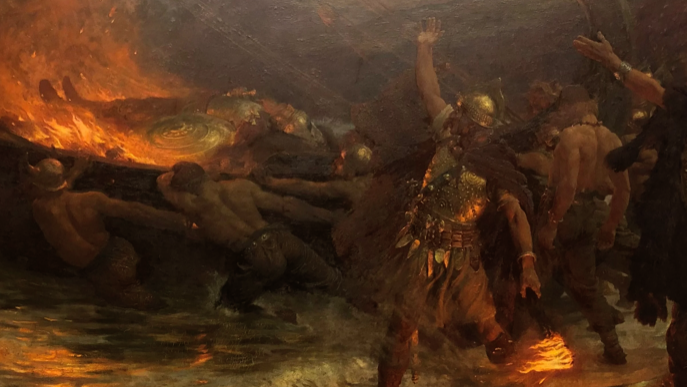
Boats were incredibly important to the Vikings and being laid to rest in one was seen as a great honour, generally reserved for valiant warriors as it was believed that a sea burial would grant faster passage to Valhalla. During a sea burial, the dead Viking would be placed inside his vessel with riches, food, and sometimes even sacrificed slaves. The boat would then be set ablaze and pushed out to sea. Whilst sea burials were normally given to esteemed warriors, women who had achieved high status in society would sometimes be granted them too.
The word Viking means ‘pirate raid’
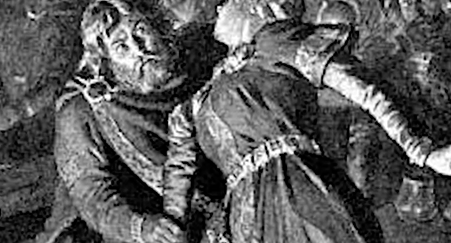
Vikings were master seafarers, navigating the oceans in their famous longboats and carrying out raids on coastal settlements. This is how they got their name, which comes from the Old Norse word for ‘pirate raid’. Over time, Vikings became less violent and swapped plundering for trading, with many of them eventually settling in the very regions they had terrorised. However, the name stuck, and ended up becoming a catchall term for any Scandinavian culture with seafaring capabilities.
Viking women had some basic rights

Despite the fact that Viking culture was decidedly male dominated, women did enjoy more rights than was typical for European societies at that time. Most strikingly, Viking wives could divorce their husbands for a number of reasons, and could even reclaim their dowry after their marriage ended. They were also able to inherit property, either from their families or from their husbands. These rights didn’t extend to female thralls, however, who were viewed as the property of their owner.
Viking men were predominantly farmers
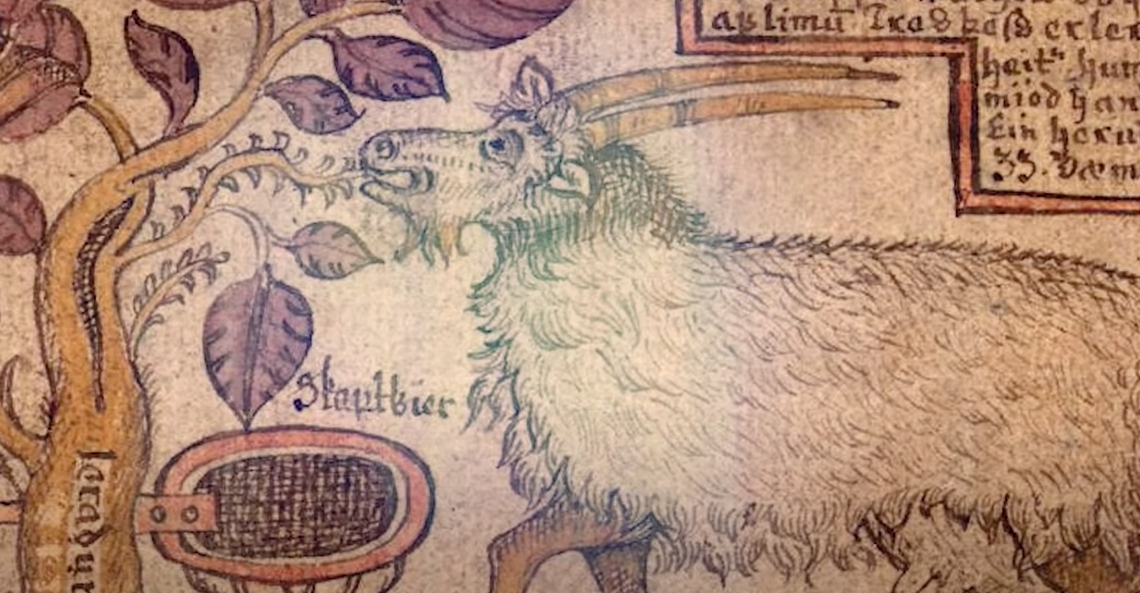
Vikings are commonly portrayed as bloodthirsty pirates, spending most of their lives navigating the high seas in their longboats and stepping ashore only to plunder villages. However, whilst some Viking clans did live this lifestyle, the reality is that most Vikings lived peaceful, agrarian lives, farming crops and raising cattle. Most Viking families owned a small plot of land, capable of producing just enough food to feed themselves, and would spend their winters – when heavy snow made farming impossible – trapping and hunting a variety of animals in the dense Scandinavian forests.
Viking men died their hair blonde
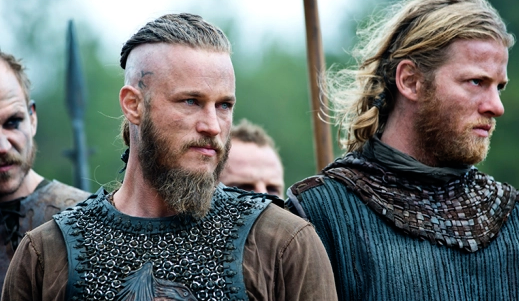
Vikings were a surprisingly vain lot, taking exceptional care in their personal hygiene and appearance. In particular, Viking men were greatly concerned with their hair, which would often be worn long, sometimes with the sides of the head shaved. Colour was also important, with blonde seen as the most desirable. Viking men who weren’t naturally blessed with golden locks would wash their hair with a strong soap that contained high levels of lye, a natural bleach derived from wood ash.
Vikings were the first Europeans in North America
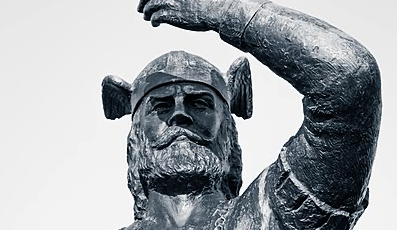
Christopher Columbus is generally credited as being the first European to ‘discover’ America. However, he was actually beaten to it by Leif Erikson, a Viking explorer who landed on American shores a full 500 years before Columbus’s voyage and established a colony known as Vinland. Erikson’s father, Erik the Red, was also an intrepid explorer, establishing the first colony on Greenland after being banished from Iceland for committing a string of murders.
Vikings followed a polytheistic religion
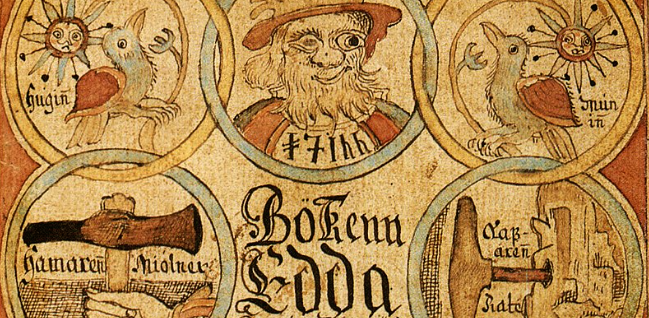
Norse mythology encompassed a number of deities, with up to 66 individual gods all dedicated to different aspects of Viking culture. Some of the most important Norse gods included Odin, who slew Ymir, the first being, and constructed the Earth out of his corpse; Frigg, the wife of Odin and the goddess of wisdom, family, and fertility; and Thor, the hammer-wielding god of thunder who guarded Asgard, the home of the gods. Thor was of particular importance to Viking warriors, as he embodied many of the ideals they strove for, and they would often pray to him before battle.
They ate twice daily
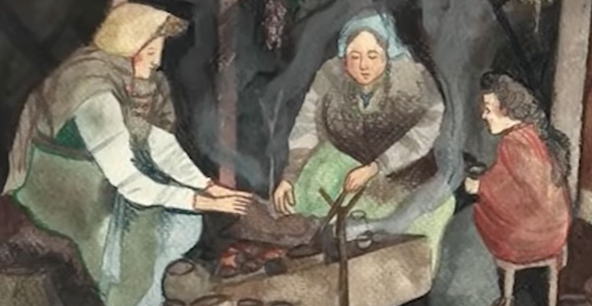
Intermittent fasting has become all the rage these days, but the Vikings were practising it over a thousand years ago. Vikings ate twice a day, with the first meal – dagmal – eaten around an hour after a waking and the second – nattmal – eaten once work had finished for the day. Food would be prepared by the women and children, and consisted of familiar dishes including porridge, stews, and barbecued meat. Great feasts would be held when raiding parties returned from their conquests overseas, or to celebrate special religions occasions.
All Viking men were required to own weapons
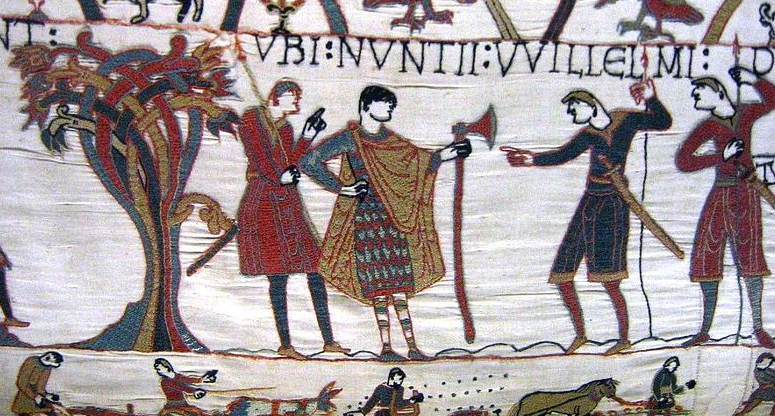
Viking attitudes to violence were reflected in the warlike nature of their gods, and conflict was an important part of their culture. All free Norsemen were required to own weapons, and would often carry them wherever they went. A Viking’s standing in society would be reflected in his weaponry; wealthy Norsemen carried expertly crafted swords and axes, often adorned with decorations, whilst those in the lower classes would carry more basic weapons.
Vikings named their swords, but didn’t often fight with them
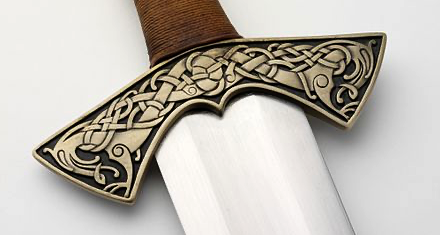
Vikings took a lot of pride in their swords, which would often feature decorative carvings on the hilt and blade, and they often named them. Common names included ‘Skrofnung’ (gnawer), ‘Gramr’ (fierce), and ‘Naegling’ (hole maker). However, despite Vikings’ affinity for their blades, they rarely fought with them, instead generally wielding spears and shields. Bows and arrows were also frequently made use of, and Berserkers often carried axes that could be used one-handed in conjunction with a shield, or two handed for maximum damage.
Vikings had relaxed views on relationships
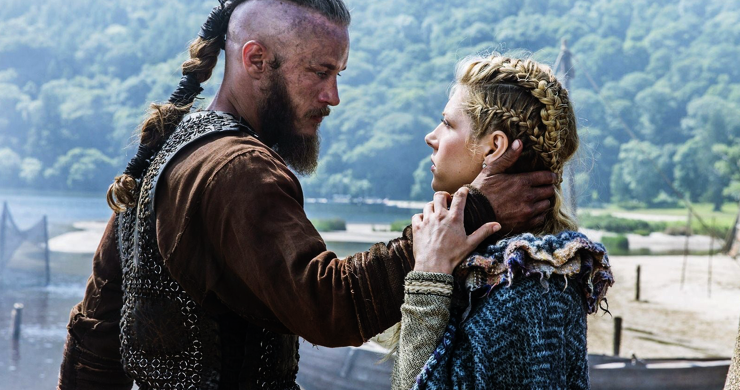
Vikings society was notable for its relaxed customs around relationships and sex, especially considering that, at the time, most of the world’s cultures were strictly puritanical. Sex outside of marriage was considered completely normal, and in some cases adultery was also permitted. Children born out of wedlock were granted the same legal rights as those born into more traditional families, were the legal responsibilities of whoever fathered them, and stood to inherit their parents’ property.
Viking culture is believed to have ended when they converted to Christianity
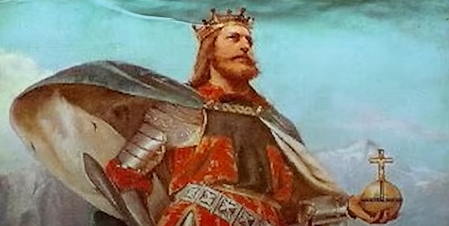
For most of their history, the Vikings followed a religion known as Norse Paganism. This polytheistic religion had a pretty tolerant view of violence, and many of the gods bordered on the homicidal. However, during the 900s, many Vikings began converting to Christianity. This has largely been attributed to the large trade networks that the Vikings established with Christian parts of Europe, as well as the growing influence of the German Empire. By around 1050, most Norsemen were Christians, and this is believed to be the reason for the decline of traditional Viking culture.
A lot of words in the English language are derived from Norse
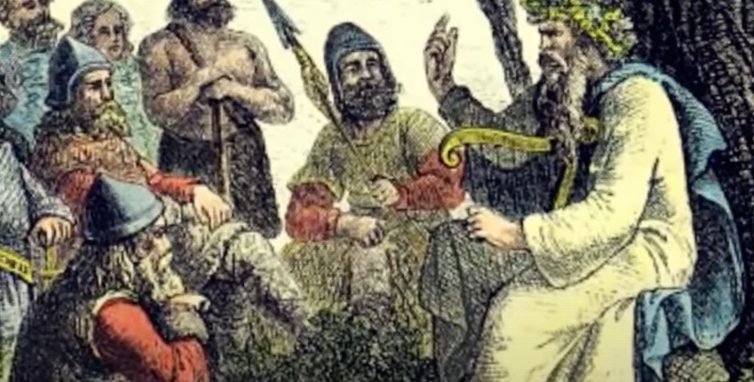
The English language is testament to how many times Britain has been invaded, with many words tracing back to the languages of occupying forces. The first Viking invasion of Britain took place in 793 AD, and many British cities – including York, Leicester, and Cambridge – spent years under Viking rule. Norsemen also set up permanent settlements in coastal areas, eventually mingling with the native population. As a result, many Old Norse words including ‘anger’, ‘weak’, ‘slaughter’ and ‘awkward’ became common English words. Six of the days of the week are also named after Norse gods, with the exception of ‘Saturday’, which is named after the Roman god Saturn.
Vikings enjoyed skiing
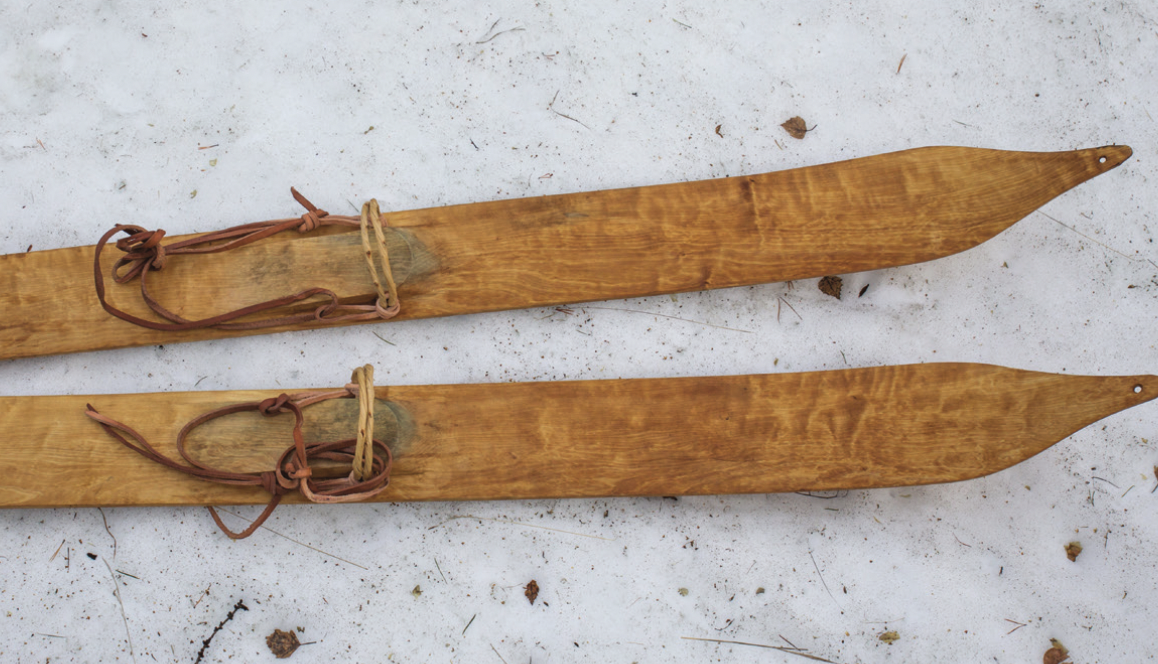
Skis were invented over 6,000 years ago by early Scandinavian nomads, and they proved an excellent way to traverse snowy terrain. Unsurprisingly, Vikings adopted this mode of transport and frequently used skis whilst moving between settlements during harsh Scandinavian winters. However, there is good evidence that Norsemen also enjoyed skiing as a recreational activity, with Vikings thought to have raced each other down steep slopes.
Vikings didn’t go to school
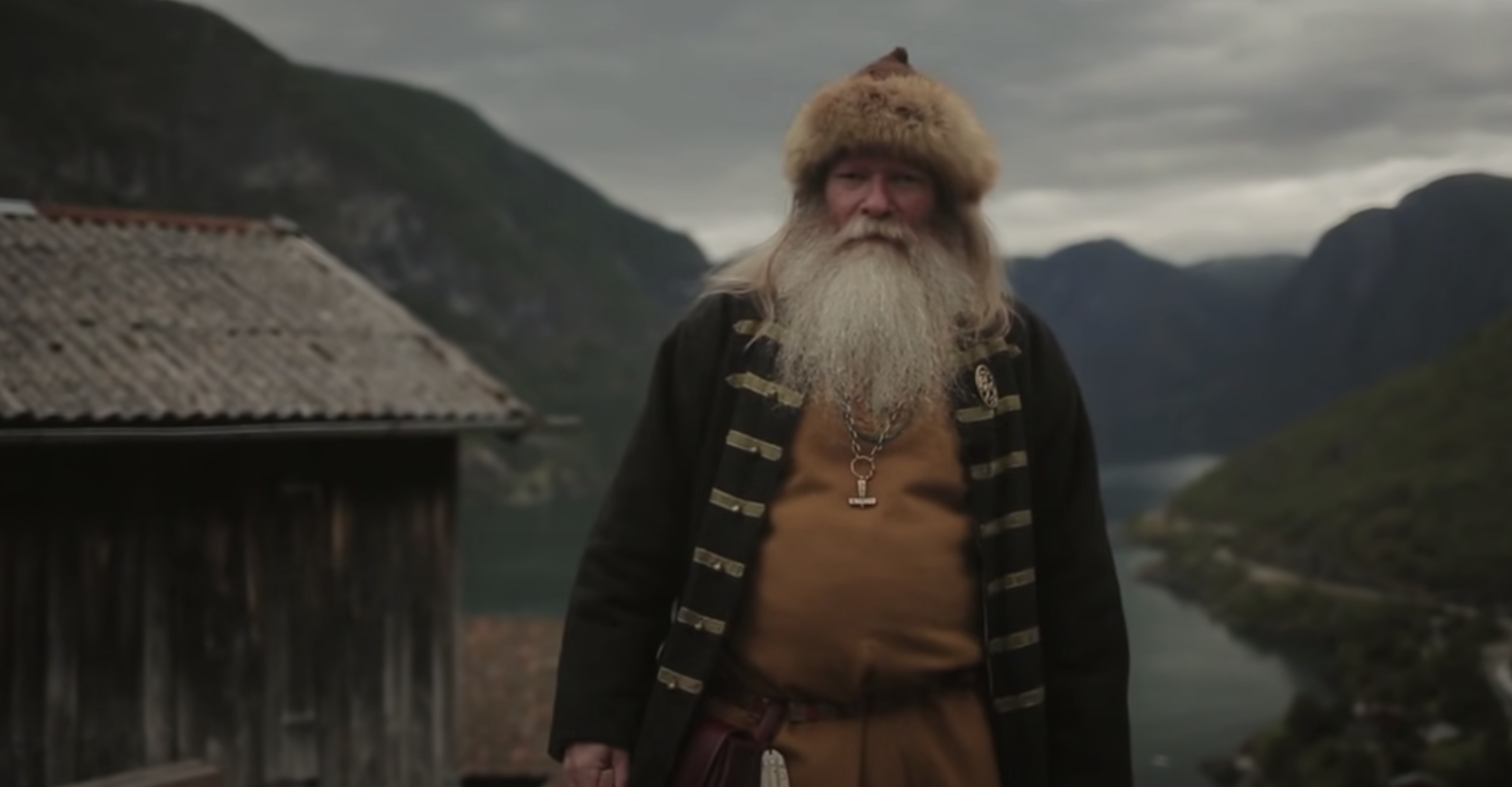
Life as a Norseman either revolved around subsistence farming or raiding distant shores. As a result, Viking culture didn’t place much value on the importance of education, and formal schooling was nonexistent. Information that was deemed important, including Viking customs and religious knowledge, was instead passed down through stories. Vikings would often gather around the fire to listen to the village elder recounting long, epic tales which were known as sagas.
Their most powerful god was something of a philanderer
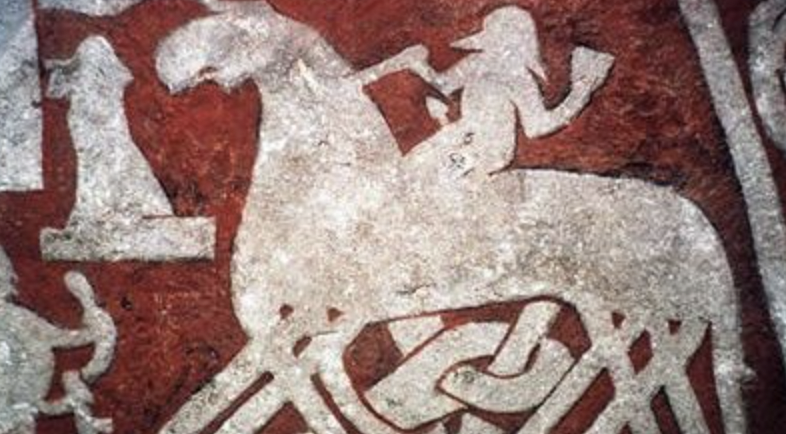
The gods of Norse mythology mirrored Viking society in their bloodlust, taste for booze, and tendency to engage in extramarital affairs. In particular, Odin, the most powerful god in Asgard, was said to regularly stray outside of his marriage, much to the chagrin of his wife, Frigg. According to Viking legends, Odin spent much of his time on Earth, riding around on an eight-legged horse and seducing women who took his fancy. Apparently, he would disguise himself as a human whilst on these conquests, although it could be argued that riding a horse with twice the regular number of legs might would be a bit of a giveaway.
Viking longships often had a dragon’s head on the bow
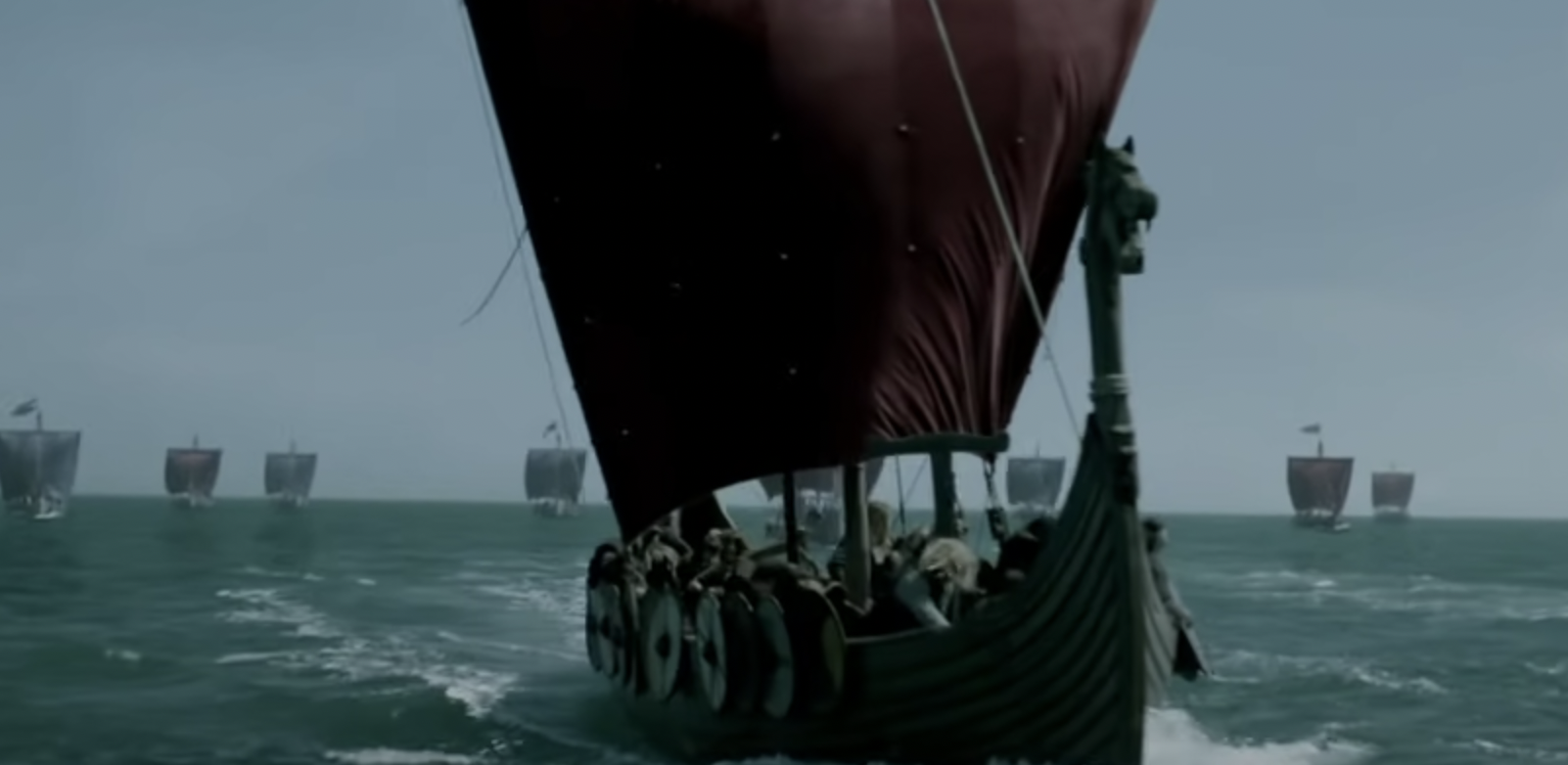
Dragons featured prominently in Norse mythology, with the fearsome fire-breathing lizards often cast as villains in Viking sagas. The most prominent Viking dragon was Nidhogg, who was said to lurk beneath the tree of life, devouring its roots and sowing chaos in the world. The famous longships that Norsemen used to navigate the waves often had a dragon’s head carved into the bow, as it was believed that this would frighten away sea monsters that might otherwise be tempted to devour Viking vessels.
Viking women occasionally fought alongside men
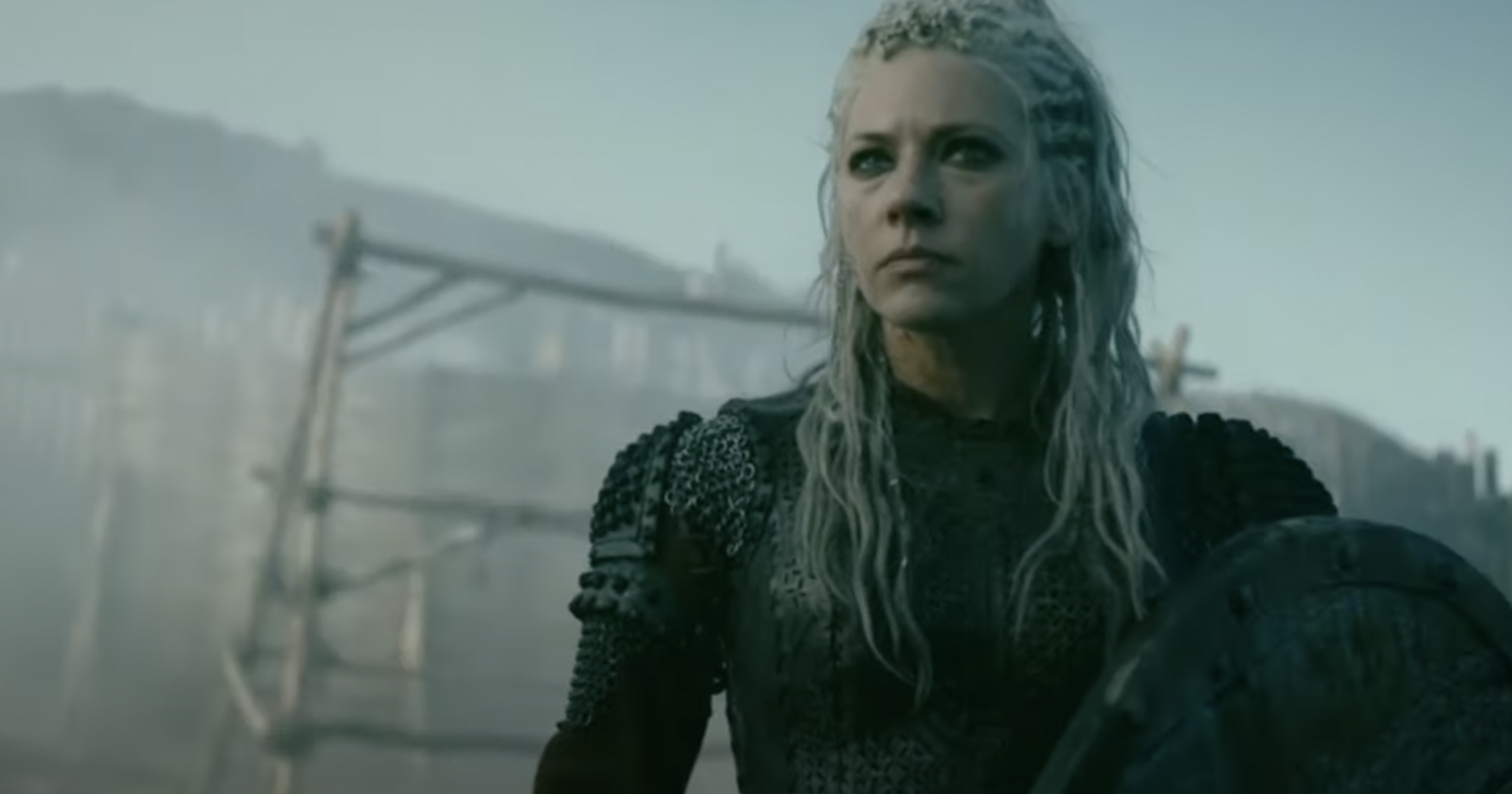
Whilst Vikings viewed warmongering as a predominantly male activity, there is evidence of Viking women having taken up weapons and become warriors. These female fighters were referred to as ‘shield maidens,’ and – whilst they were a rarity – there are multiple references to them in Viking texts. The most famous example is the wife of legendary Viking ruler Ragnar Lothbrok, who apparently almost matched her husband’s ferocity in battle.
Viking expansion in Britain was halted by Alfred the Great
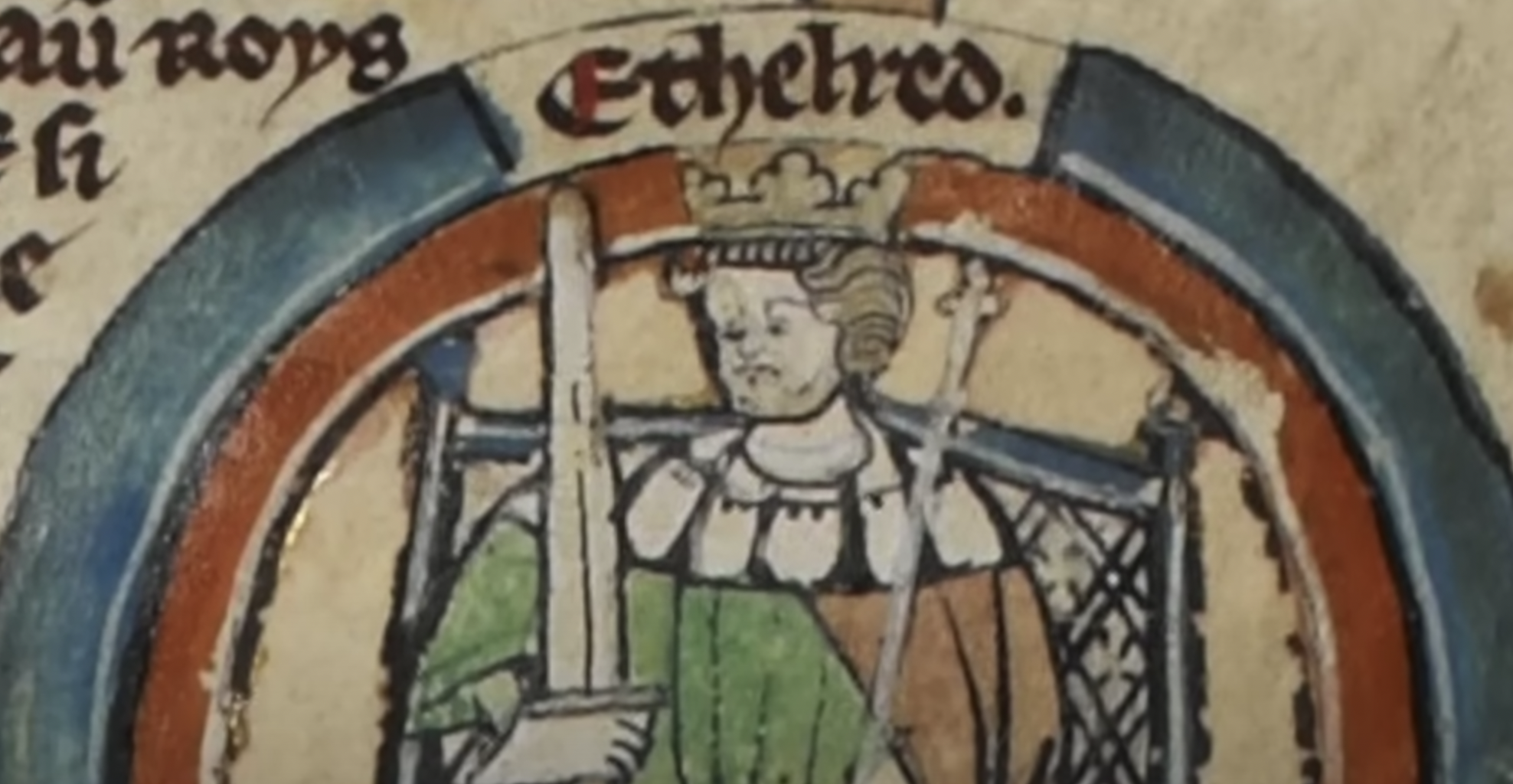
In 865, the sons of Ragnar Lothbrok launched a large-scale invasion of Britain, possibly to avenge their father’s murder. The Viking horde easily conquered Northumbria and East Anglia, but they met their match in Alfred the Great when they tried to conquer Wessex. After over a decade of fighting, the two opposing sides eventually negotiated a truce in 878, which acknowledged the territorial gains the Vikings had made in order to bring the conflict to an end. The peace didn’t hold, and towards the end of the century Alfred’s son Edward the Elder led a successful military campaign to liberate much of the territory that the Vikings had conquered.
Vikings conquered much of Ireland
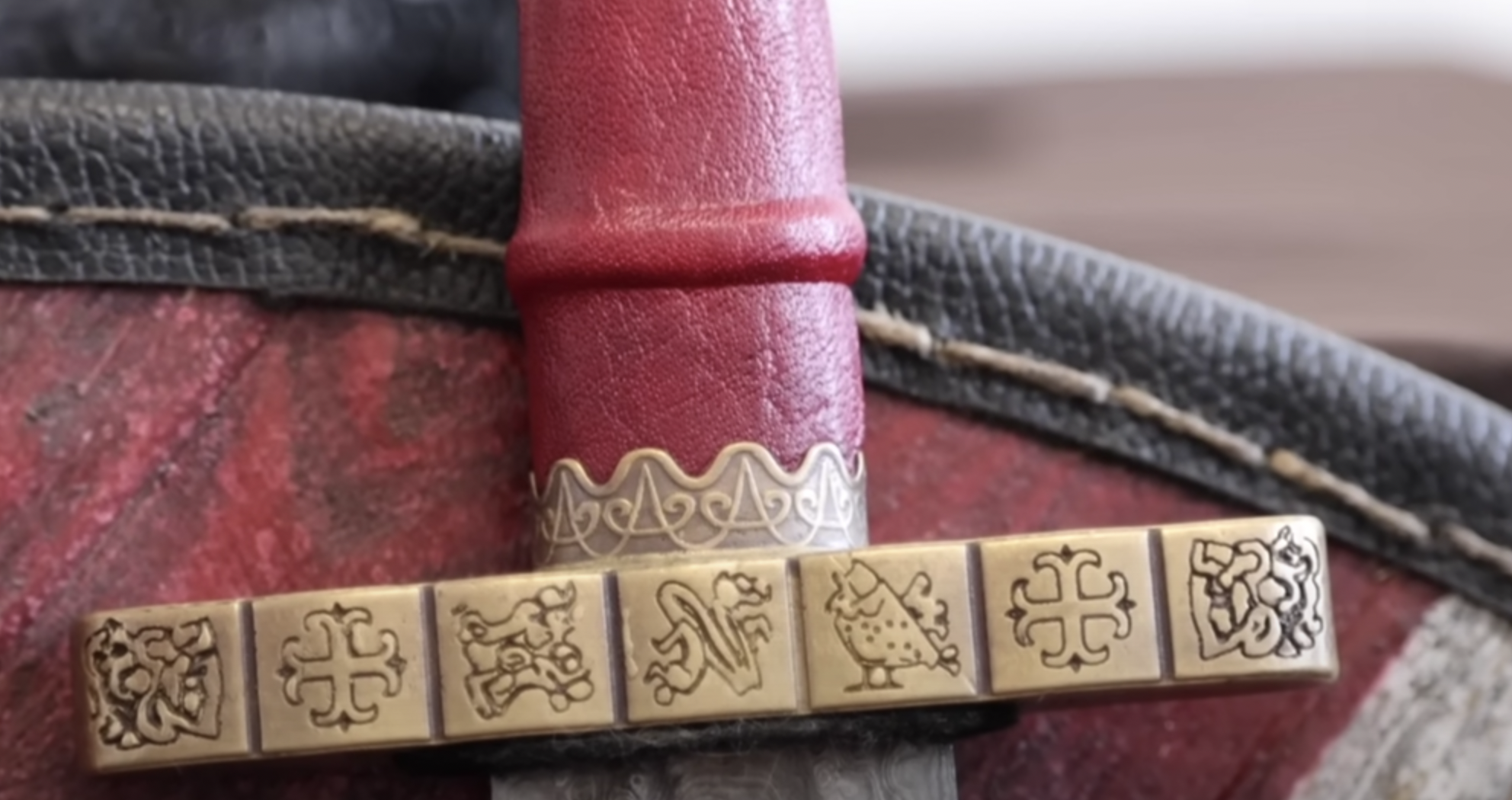
Vikings discovered Ireland around the same time they discovered Britain, and they immediately attempted to invade. The Irish natives proved to be worthy adversaries for the Norsemen, and relentless fighting raged for decades. Vikings eventually managed to establish settlements in Dublin, Waterford, and Limerick, but were ultimately unable to conquer much of the island, mostly due to the fierce resistance they faced.
The Vikings had little luck in France

During the age of the Vikings, France was under the rule of the powerful Carolingian Empire. There is evidence that the Vikings attempted to launch multiple invasions of French territory, but their forces were easily repulsed by the well-equipped and highly organised Carolingians. Vikings managed to make meagre gains around Normandy and established a handful of settlements along the Seine, but beyond this they achieved little in the way of military success.
Viking expansion eastwards was notably less violent
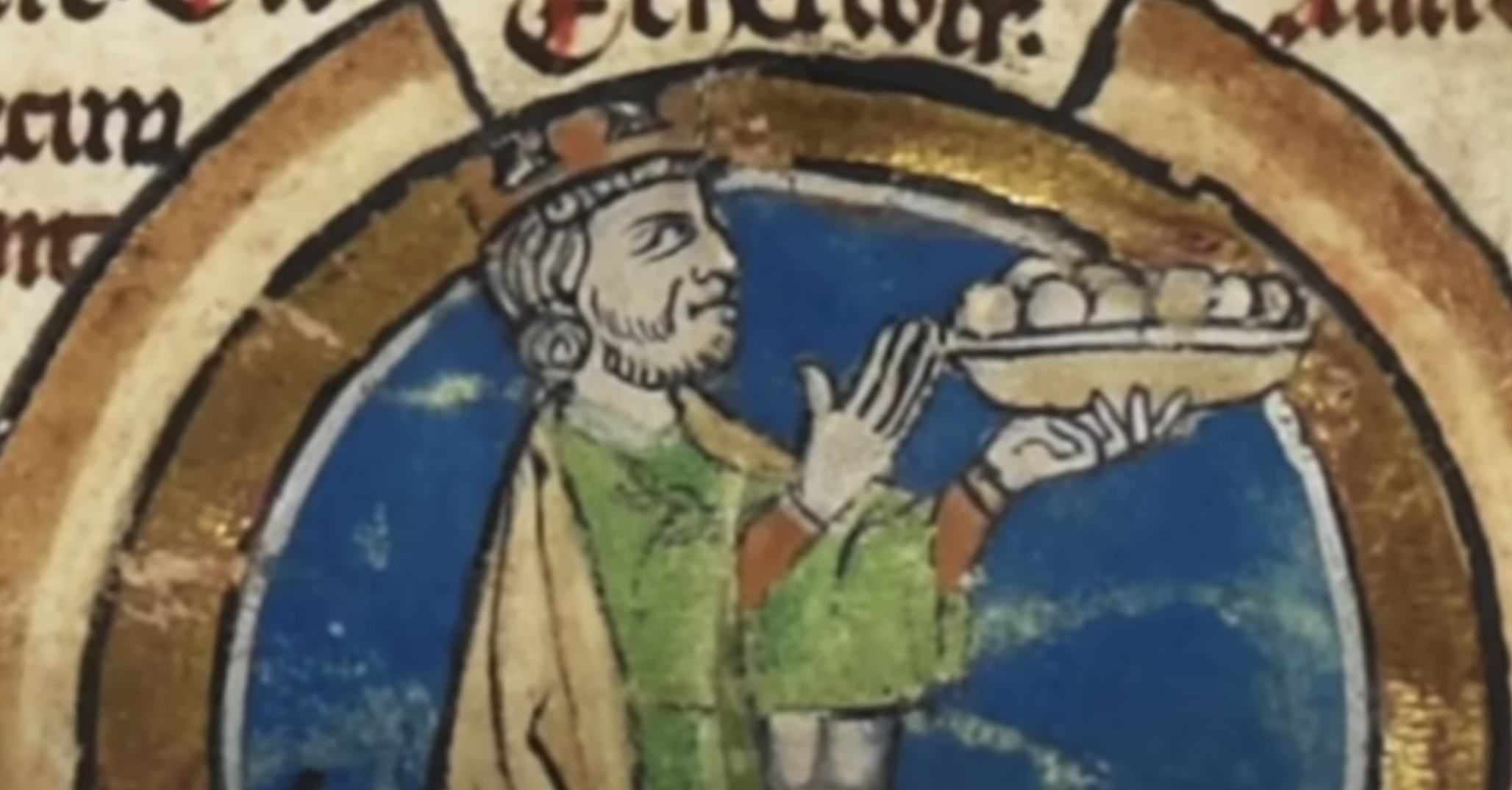
For reasons that aren’t entirely clear, Viking expansion into the Baltic States involved significantly less bloodshed than their conquests of the British Isles. There is evidence that some raiding did occur, especially during the early days of the expansion, but warfare was quickly abandoned in favour of trading and assimilation. Vikings that travelled east were often absorbed into the cultures they encountered, particularly in what is modern day Russia and Ukraine.
Vikings lived with their cattle in winter
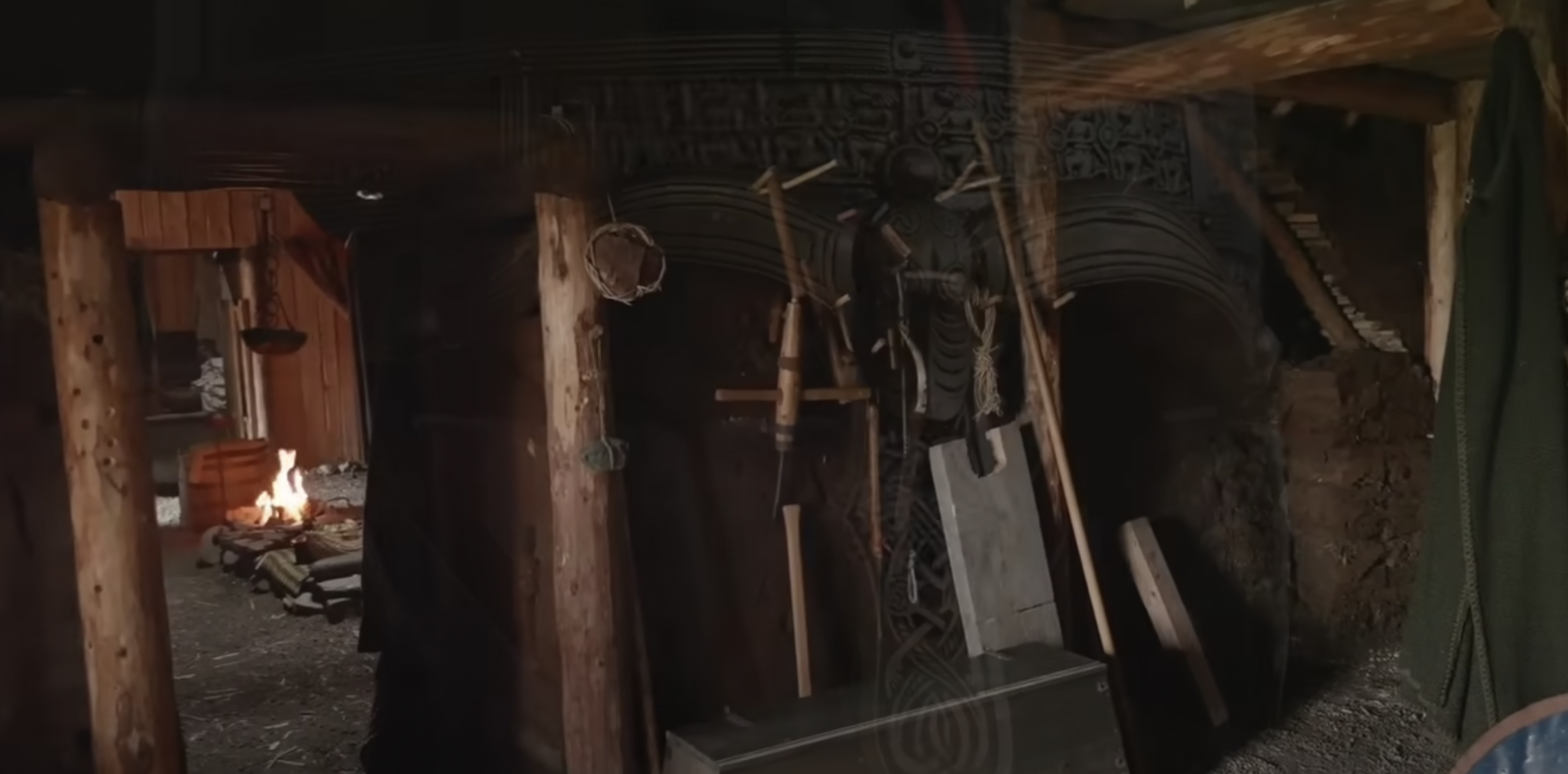
Viking families lived in longhouses that were made from stone and wattle with thatched roofs. The longhouse would generally consist of a single, large room, and was inhabited by an entire family, including grandparents, parents, and children, of which there were often many. During the Scandinavian winter, temperatures plunge well below freezing for months on end. To prevent their cattle from perishing in the cold, Viking families would move their animals into their longhouses, where they would coexist with their human masters until spring returned.
The Vikings might have run the first protection racket
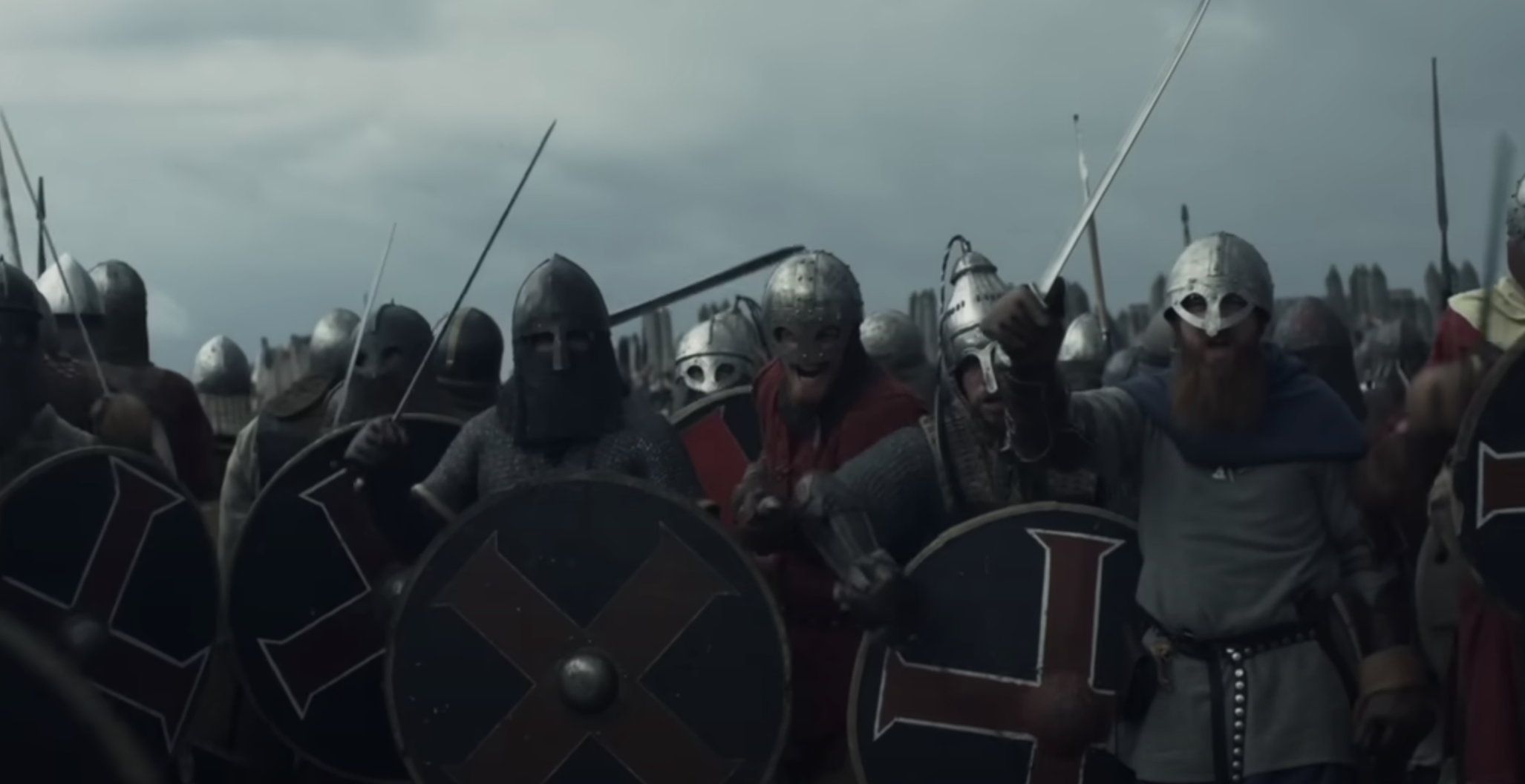
There is evidence to suggest that Viking raids began due to gender imbalances caused by widespread infanticide of female babies. However, once enough women had been kidnapped to resolve this issue, Vikings turned their attention to getting rich, and raids became a means of capturing slaves to sell, as well as stealing gold and treasure. Coastal regions that could afford it eventually began directly paying the Vikings in order to keep them from attacking, laying the blueprint for protection rackets that would later become immensely profitable for criminal enterprises the world over.
The Vikings got as far as Baghdad
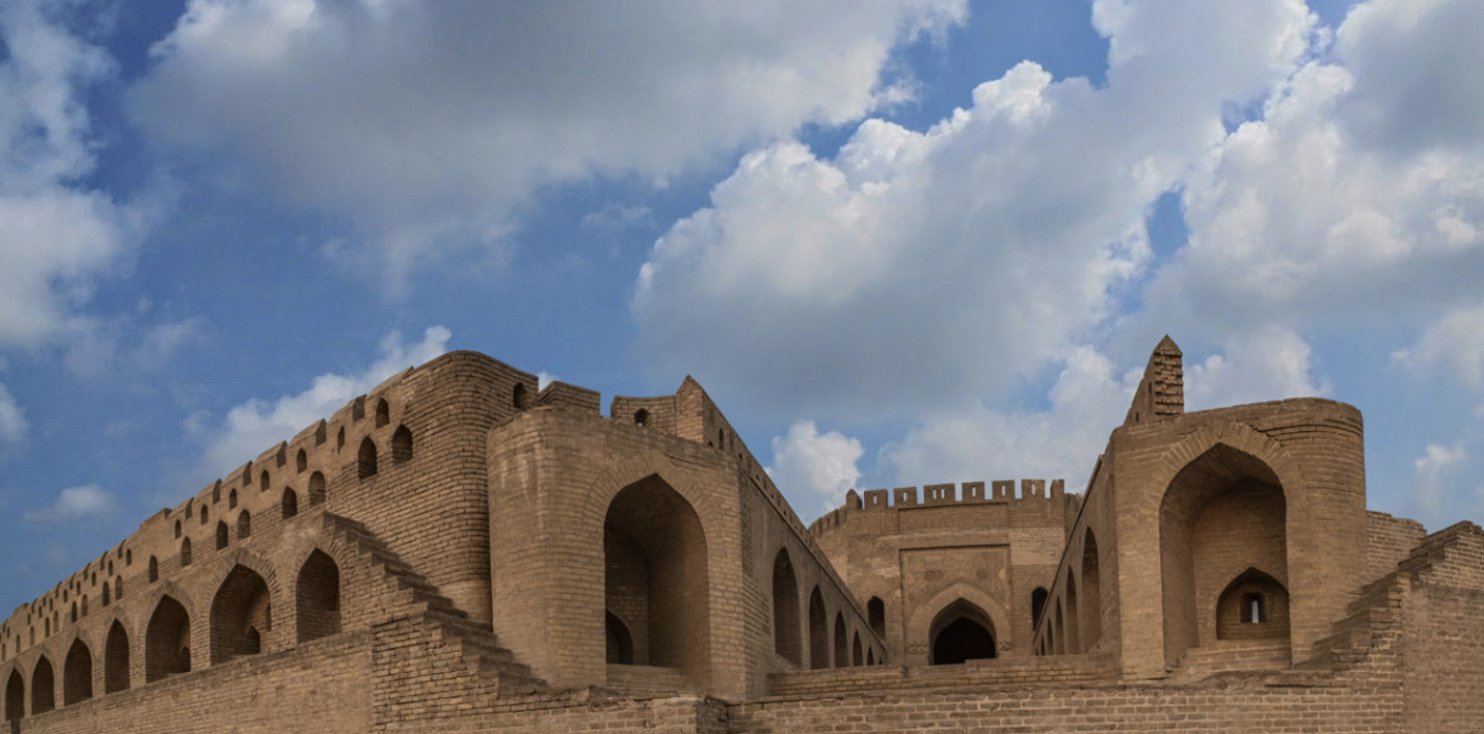
Vikings managed to travel incredible distances in their longships, reaching distant lands and setting up global trading routes. In the 8th century, Viking explorers sailed across the Caspian sea, eventually reaching what was then the Islamic Caliphate. There is evidence that the Vikings got as far as Baghdad, where they had peaceful encounters with the city’s inhabitants and traded goods. Vikings would eventually begin selling slaves at giant markets throughout the Middle East, making themselves rich in the process.
Viking society was divided into three levels
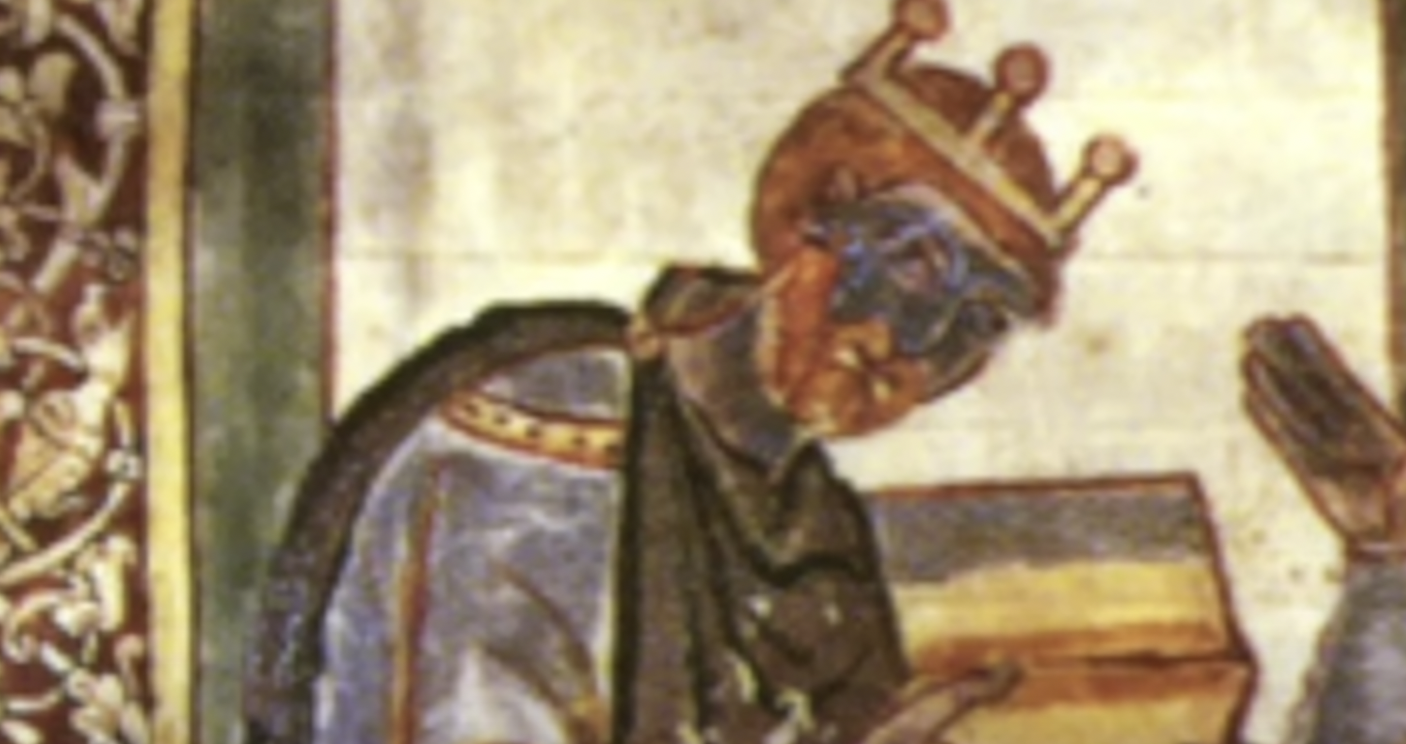
Viking life was strictly hierarchical, with Norse societies divided into three distinct classes. At the top were the Jarls, Viking nobles who were extremely wealthy and owned large land-holdings. Beneath them were the Karls, also known as freemen, essentially the Viking working class. Finally, at the very bottom were Thralls, slaves captured from distant lands who lived lives of servitude and menial labour. It was possible for Karls to rise to the status of Jarl, but Thralls were stuck with their lot.
Viking sports were unsurprisingly violent
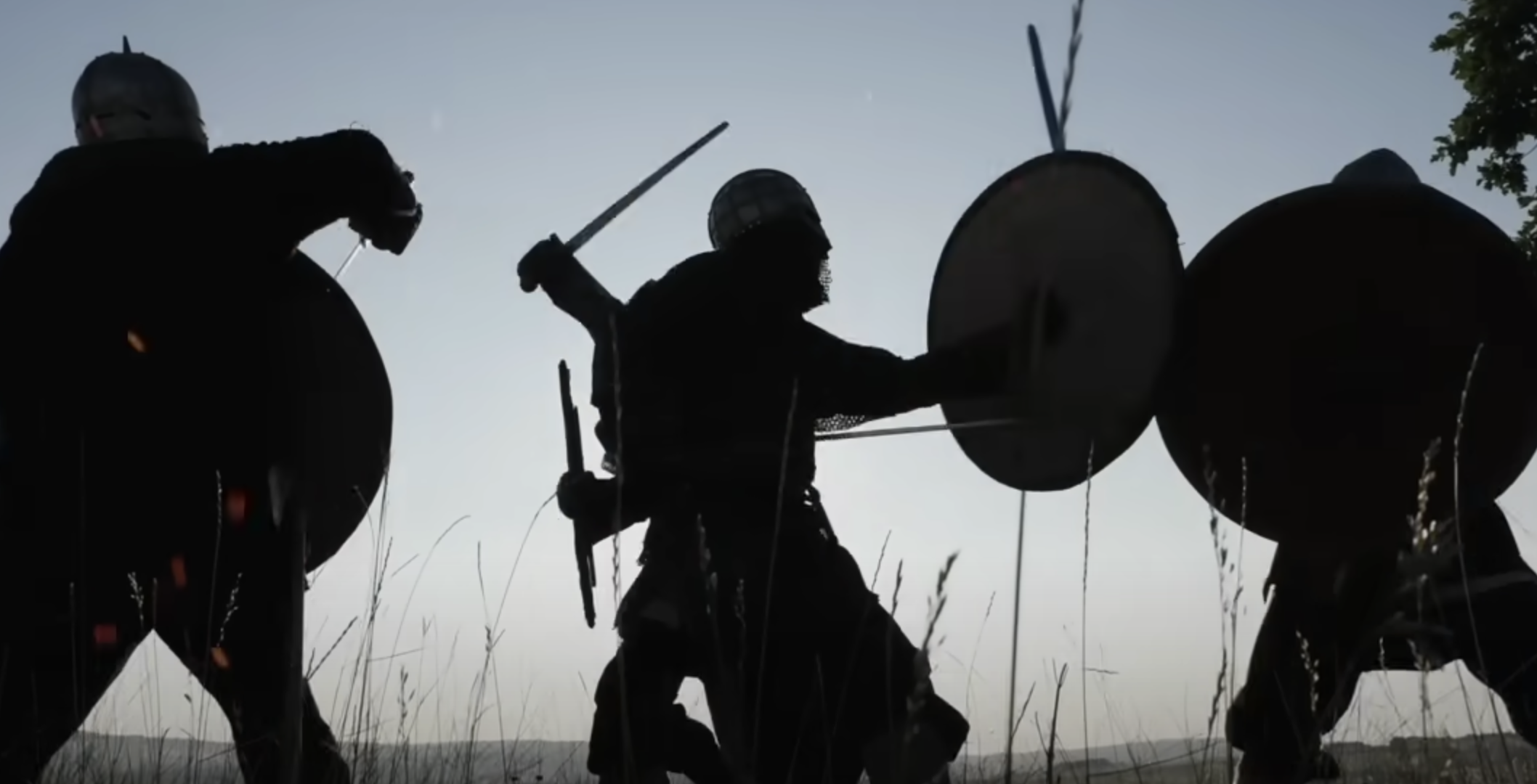
Aside from mastering the seas, Vikings are most famous for their legendary martial prowess, and their obsession with violence was reflected in their sports. During celebrations, Vikings would often fight in front of large crowds, either unarmed or using wooden swords. Competitions would also be held in archery and spear-throwing. However, the Vikings did occasionally partake in non-violent pursuits too, most commonly competitive swimming and rock climbing.
Vikings viewed bows and arrows as dishonourable
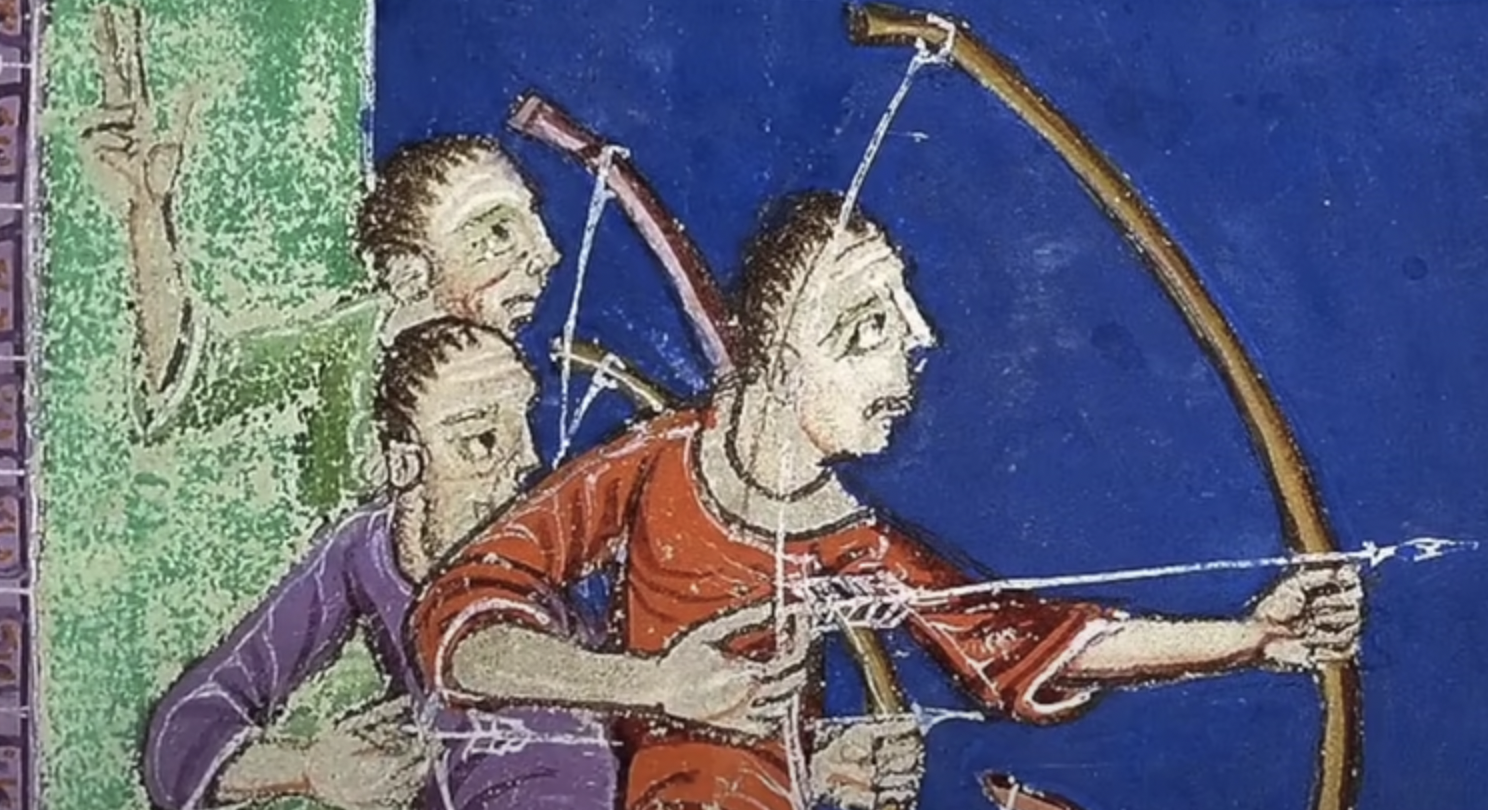
Honour was hugely important to Viking warriors, who believed that only the most courageous fighters would be granted admission to Valhalla. As a result, fighting with bows and arrows was viewed with contempt, as there was comparatively little risk involved in their use. However, many of the adversaries that the Vikings went up again used archers to devastating effect, forcing the Vikings to adopt the use of bows and arrows in order to remain competitive. Still, their use was avoided wherever possible, with Vikings preferring brutal, close quarters combat.
The nursery rhyme London Bridge is Falling Down might be about Vikings
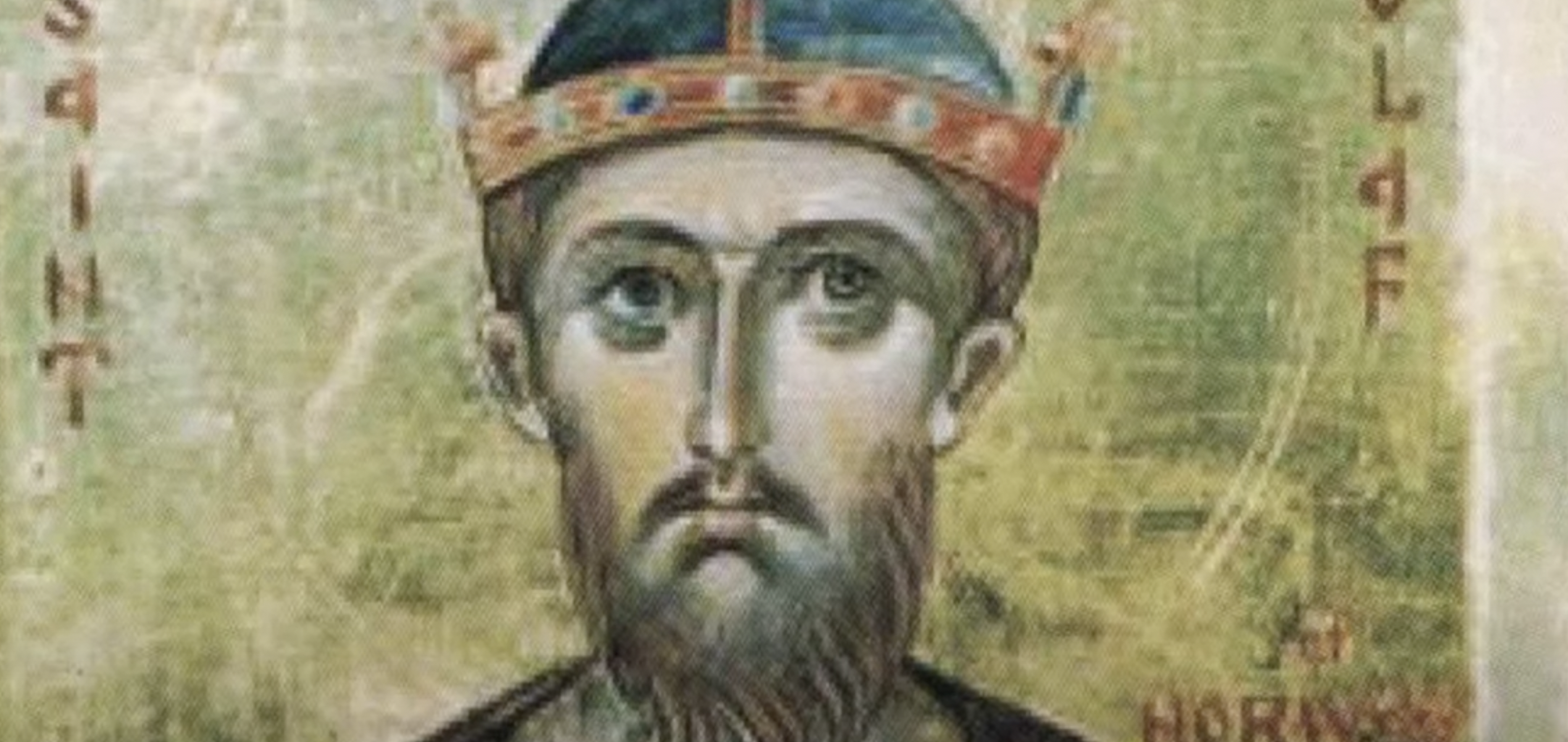
There is speculation that the nursery rhyme London Bridge is Falling Down was inspired by a Viking named Olaf the Stout. According to records, Olaf sailed up the Thames accompanied by dozens of longships, eventually reaching London. Olaf instructed his warriors to attach ropes to London Bridge, before using his longships to drag the bridge into the river. The Viking ruler later converted to Christianity and played a prominent role in the Christianisation of Norway.
Byelaws are a product of Viking occupation
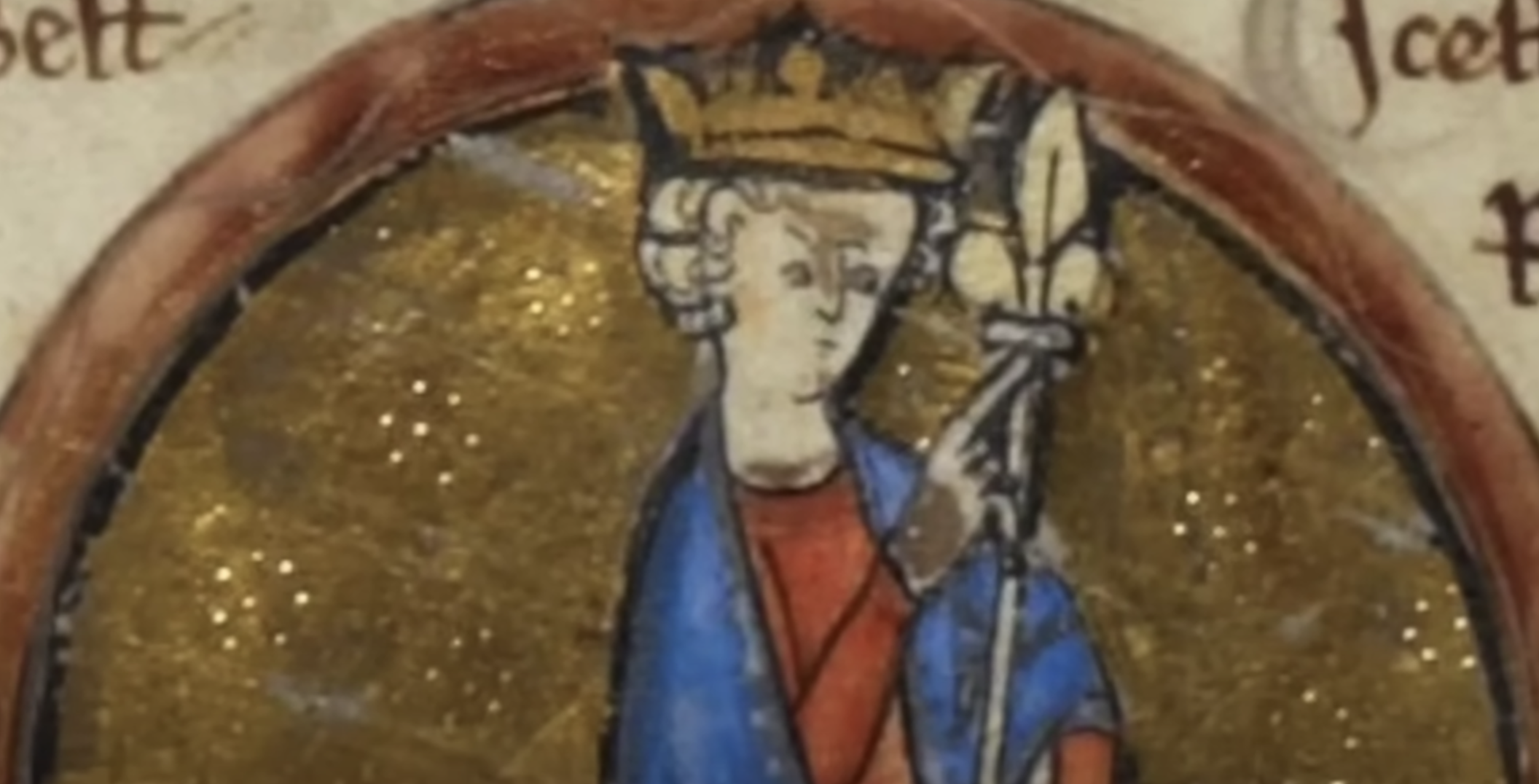
Byelaws – British laws that are apply to very specific locations, typically a single village – are a result of Viking occupation. When the Vikings invaded Britain and occupied large swathes of territory, the enforced their own native laws on the settlements they conquered. ‘By’ is the Old Norse word for village, so ‘byelaws’ literally means ‘law of the village.’ In addition, many British towns, such as Grimsby, are named after the Vikings who conquered them.
Vikings used brutal tests to measure bravery
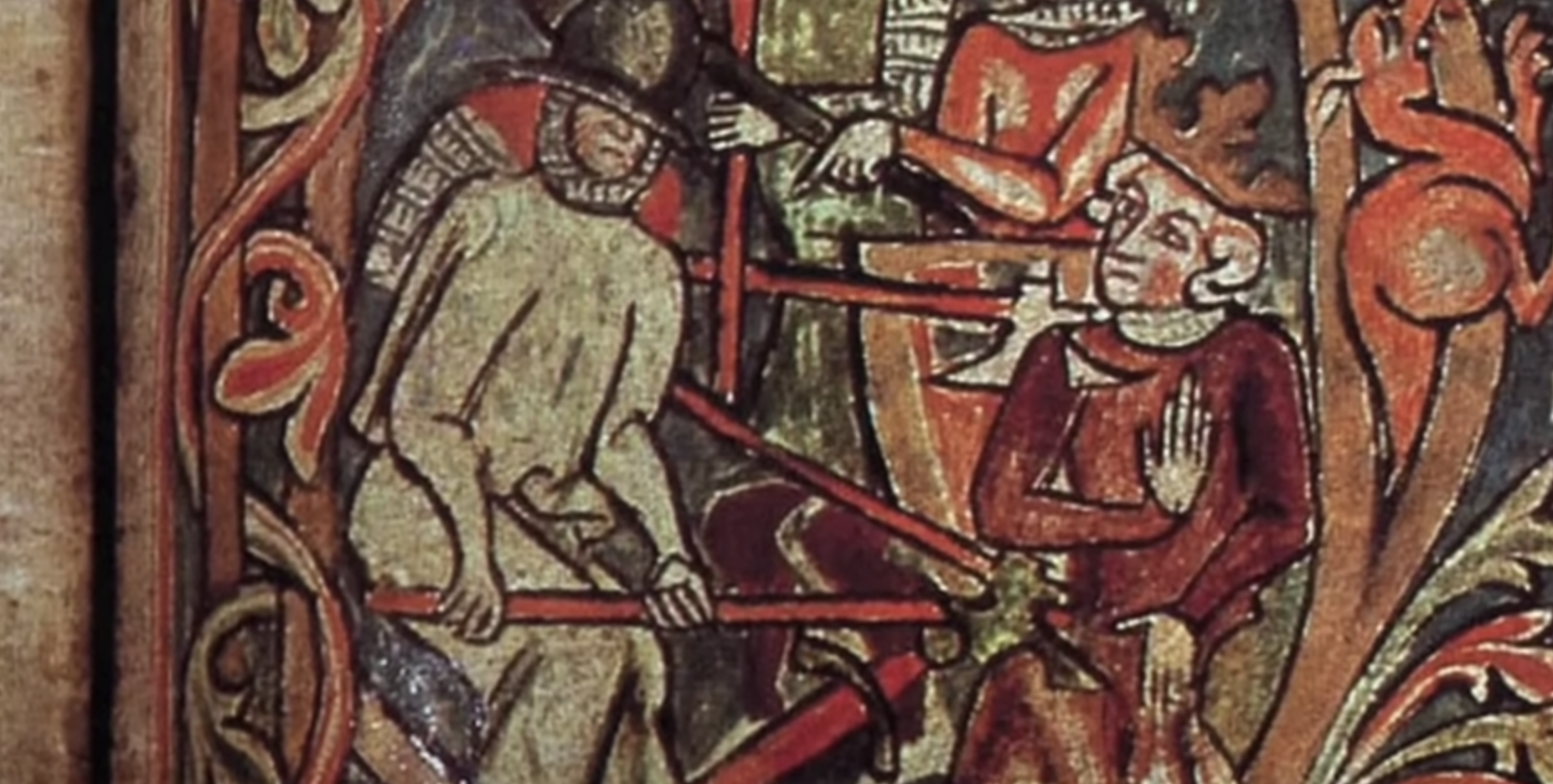
The Vikings embraced traditional masculine values such as aggression, skill in combat, and tolerance of pain, and Viking warriors were constantly looking for opportunities to prove their mettle. ‘Ordeals’ were brutal rituals that Viking men used either to resolve disputes or demonstrate their hardiness. During these events, Viking men could choose between plucking a stone out of a pot of boiling water or walking nine paces whilst carrying hot iron.
The real-life Macbeth submitted to a Viking king
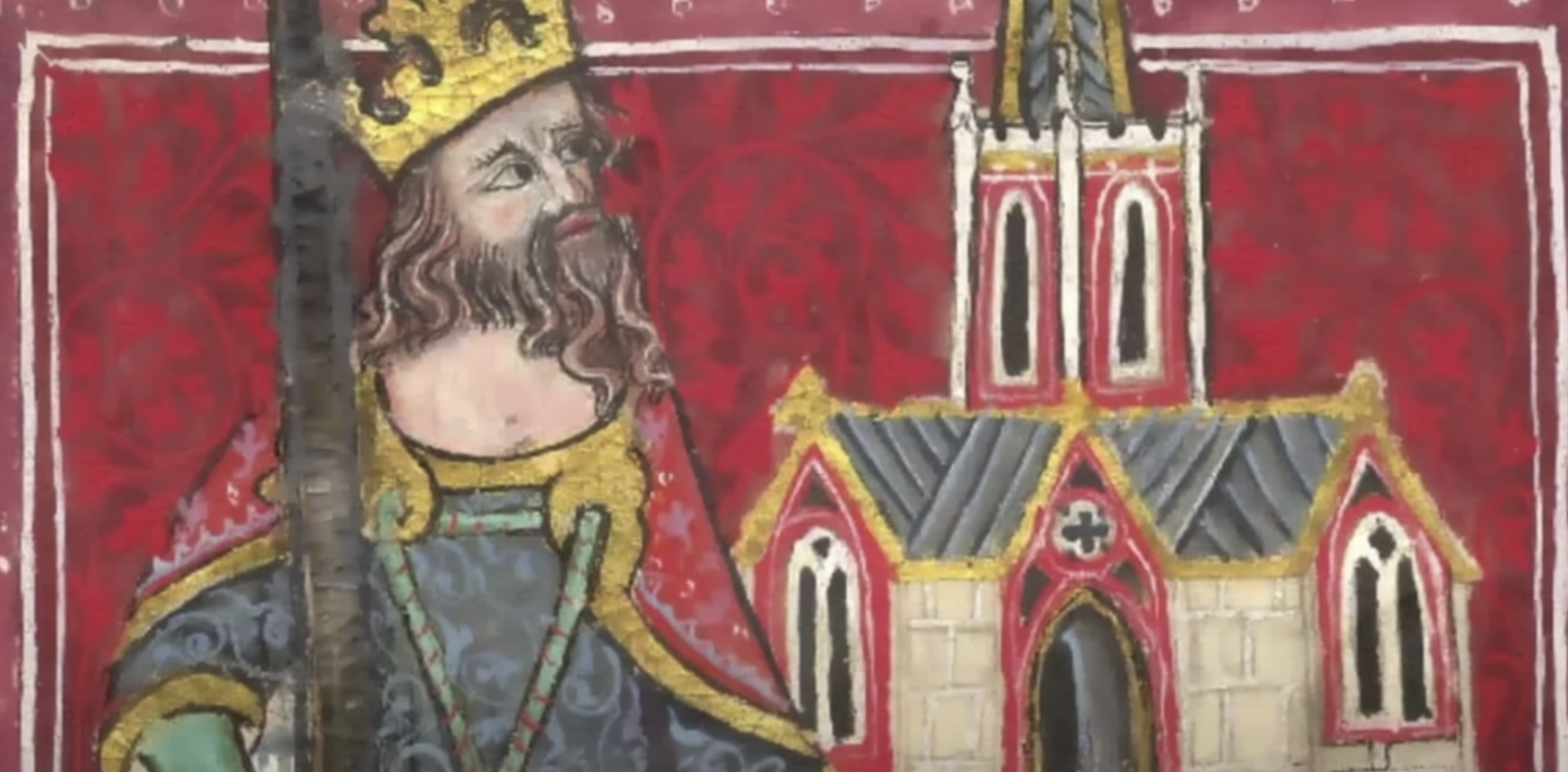
Macbeth, the Scottish ruler who served as the inspiration for one of Shakespeare’s most famous plays, submitted to one of the most powerful Viking kings in history. In 1016, Cnut the Great conquered England, uniting the British Isles, Denmark, and Norway into the North Sea Empire. Malcolm II, Scotland’s king at the time, didn’t fancy his chances against the Viking ruler and agreed to submit to him. Macbeth – who ruled over Alba, a region of Scotland – decided to join Malcolm in submitting to Cnut, and in 1031 swore his allegiance to the Viking.
One in 33 Brits have Viking ancestry
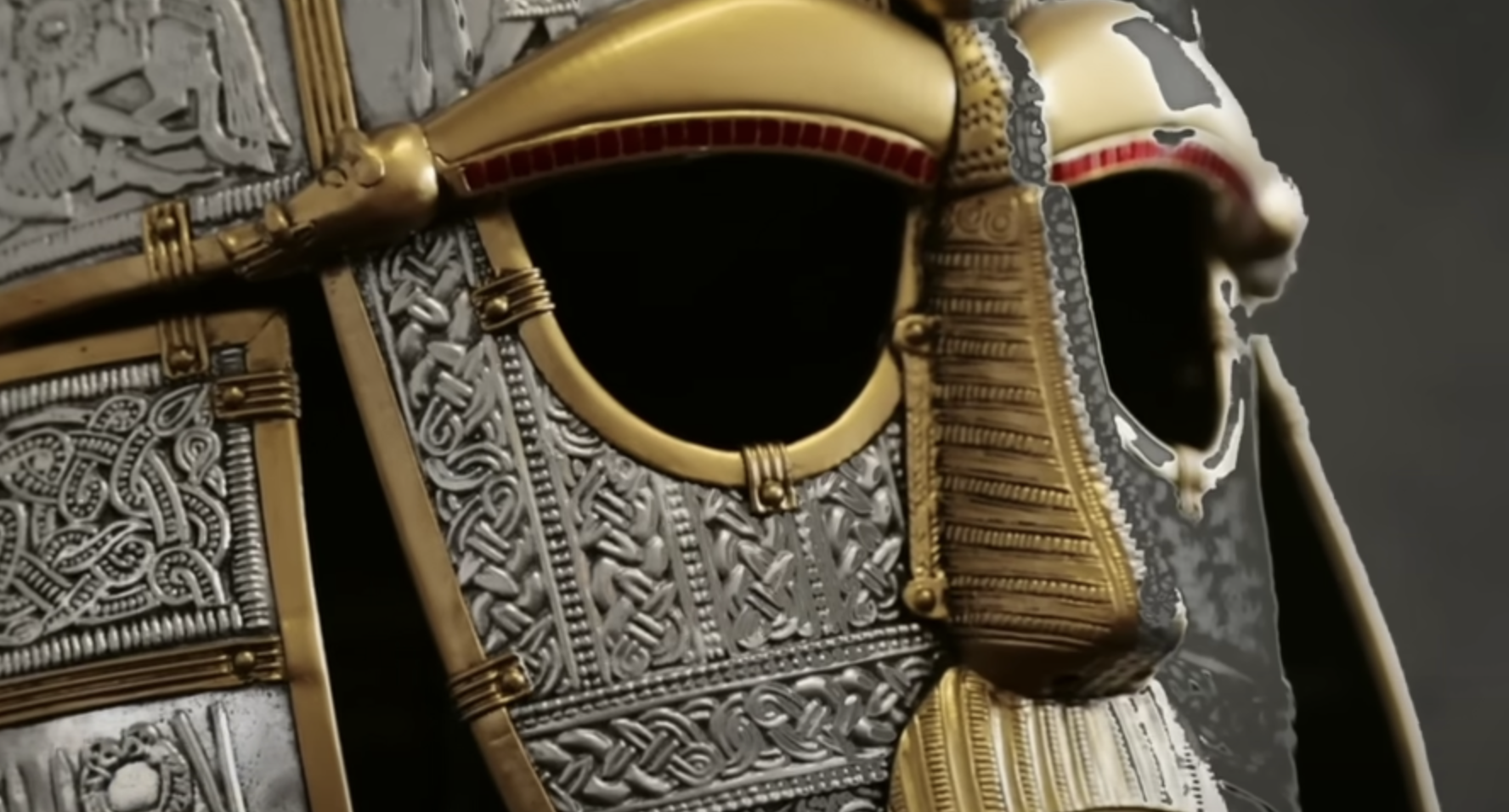
For over three hundred years the Vikings repeatedly invaded Britain, often securing large territorial gains and establishing permanent settlements. Over time, the Vikings started to favour trade over military conquest, and began assimilating into British society. As a result, genetic testing has revealed that roughly one in 33 British nationals have direct Viking ancestry.